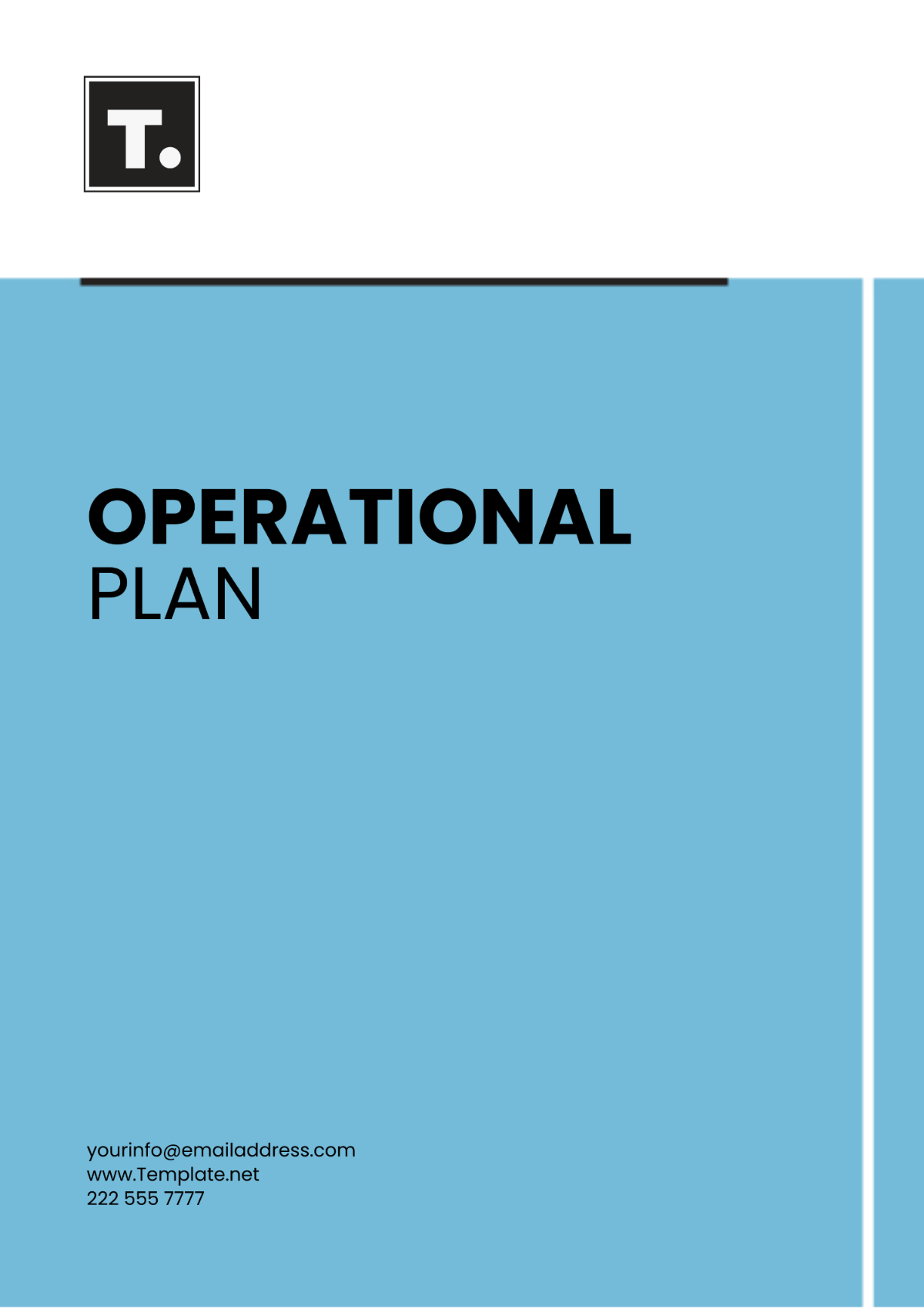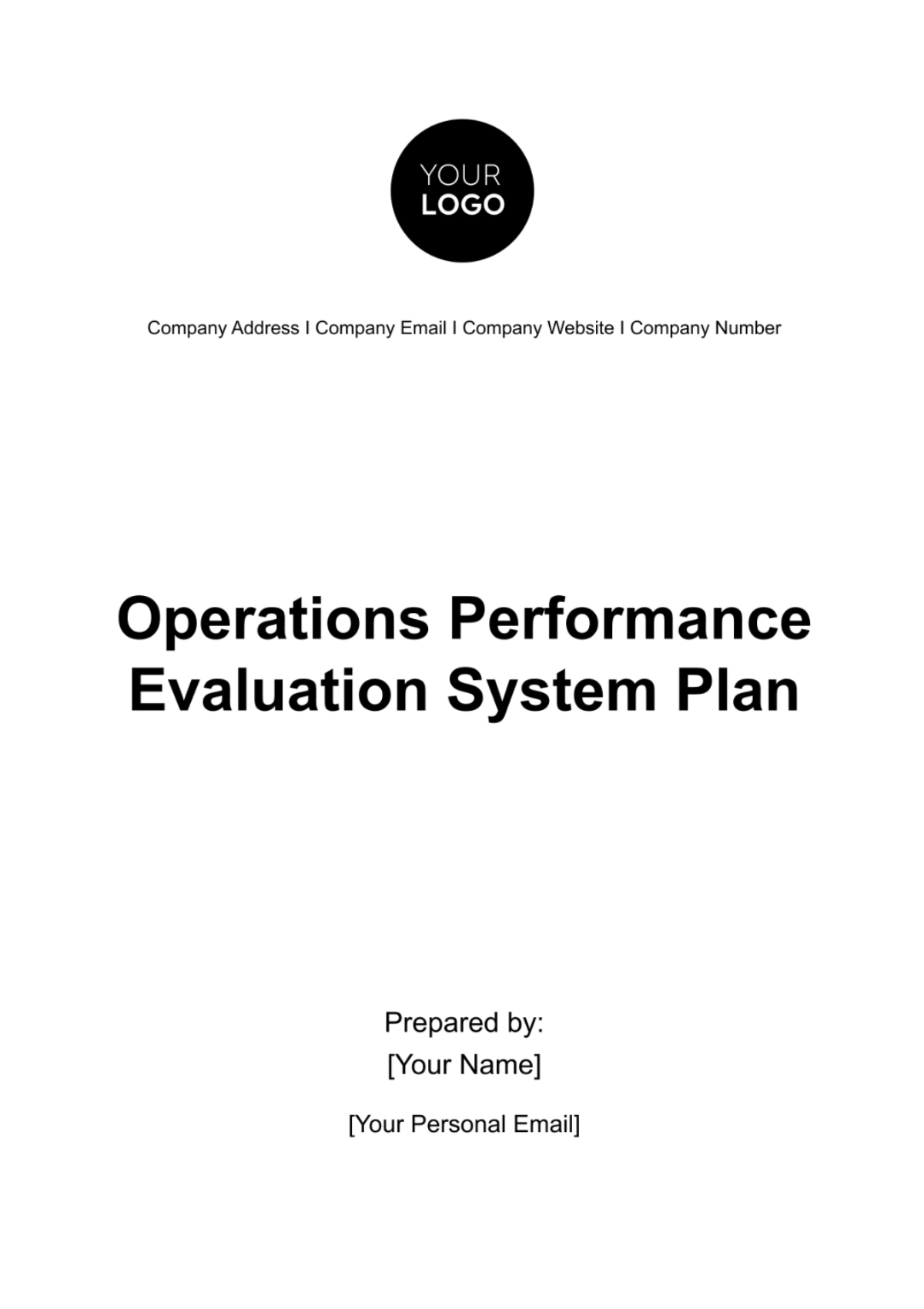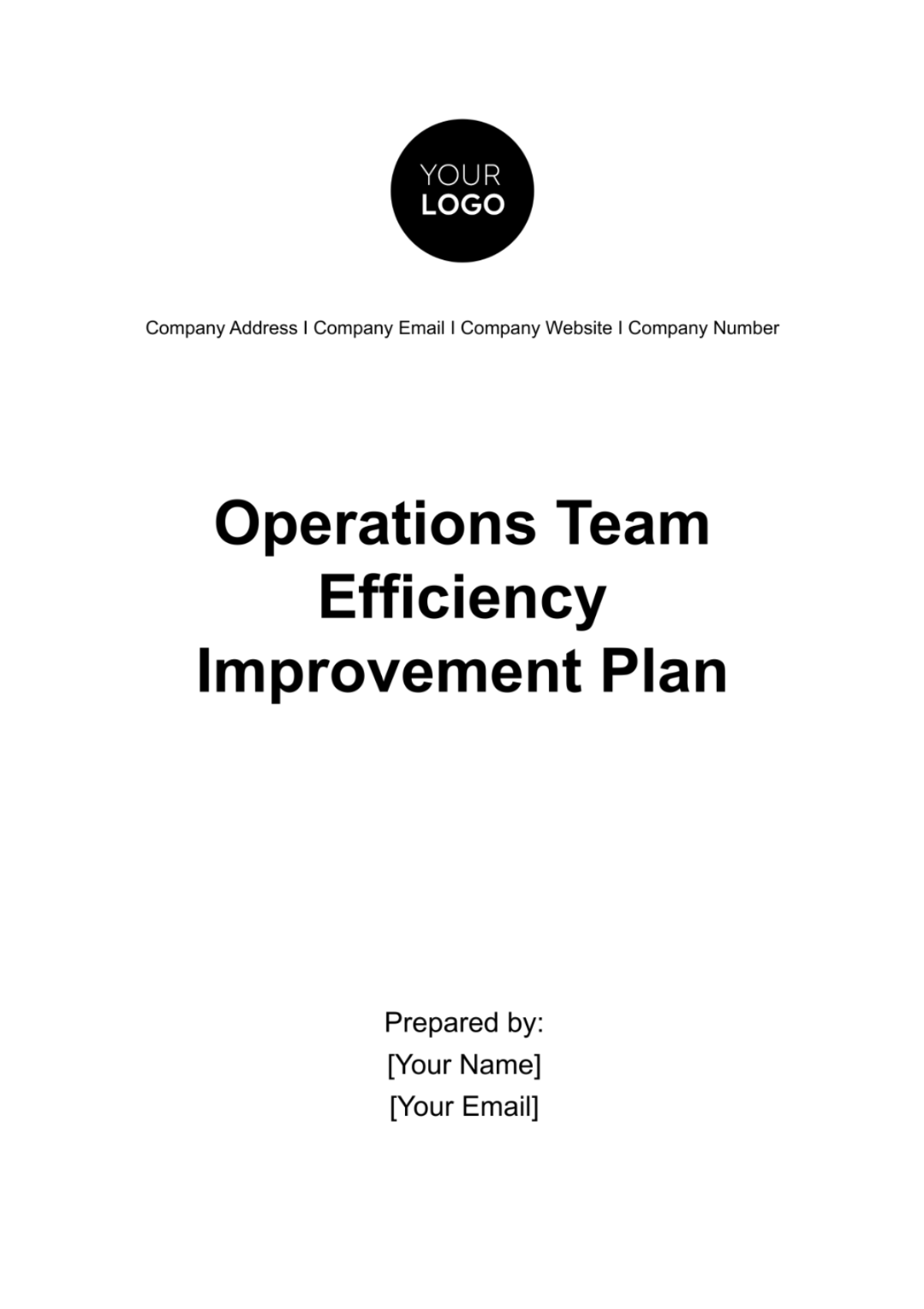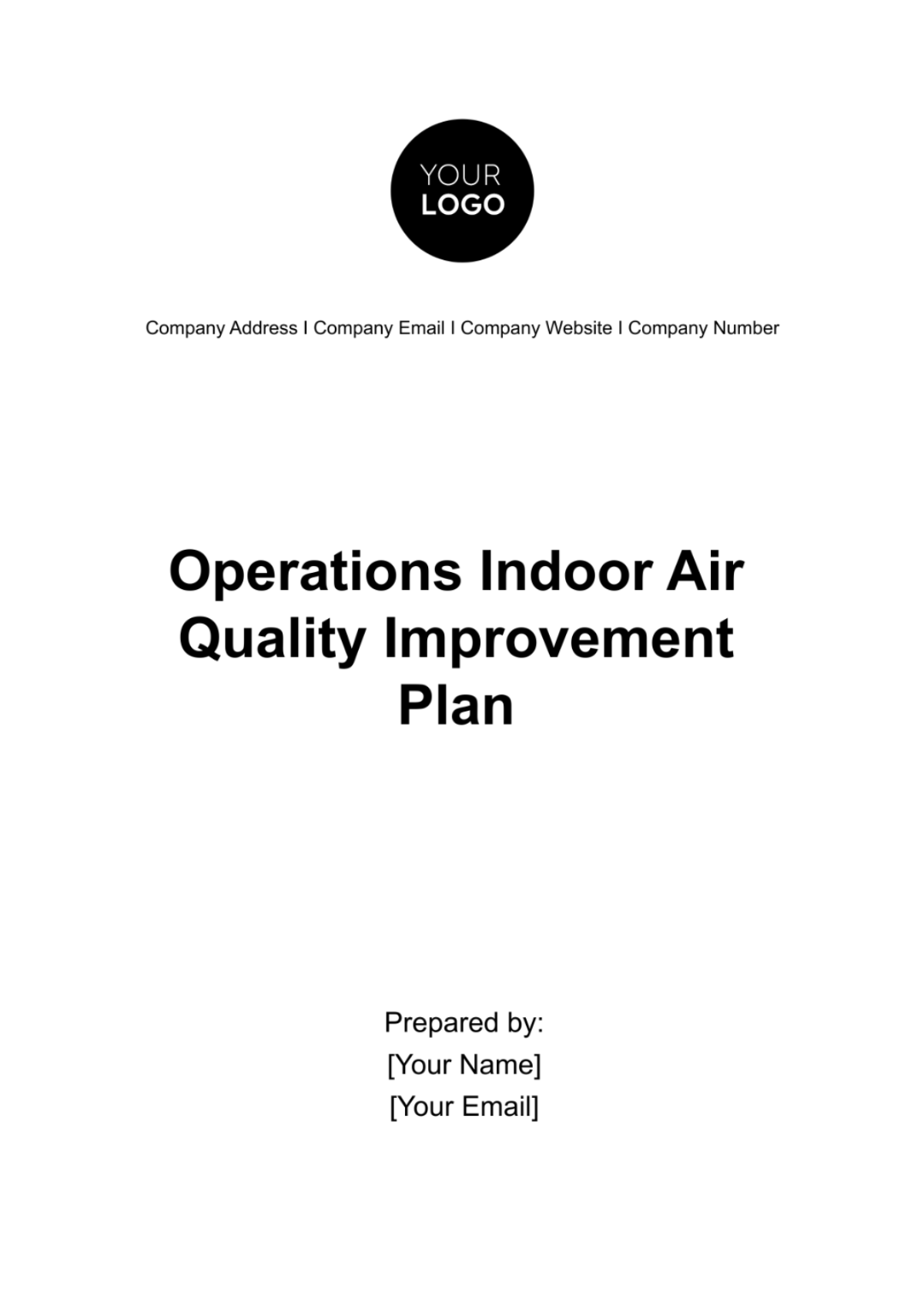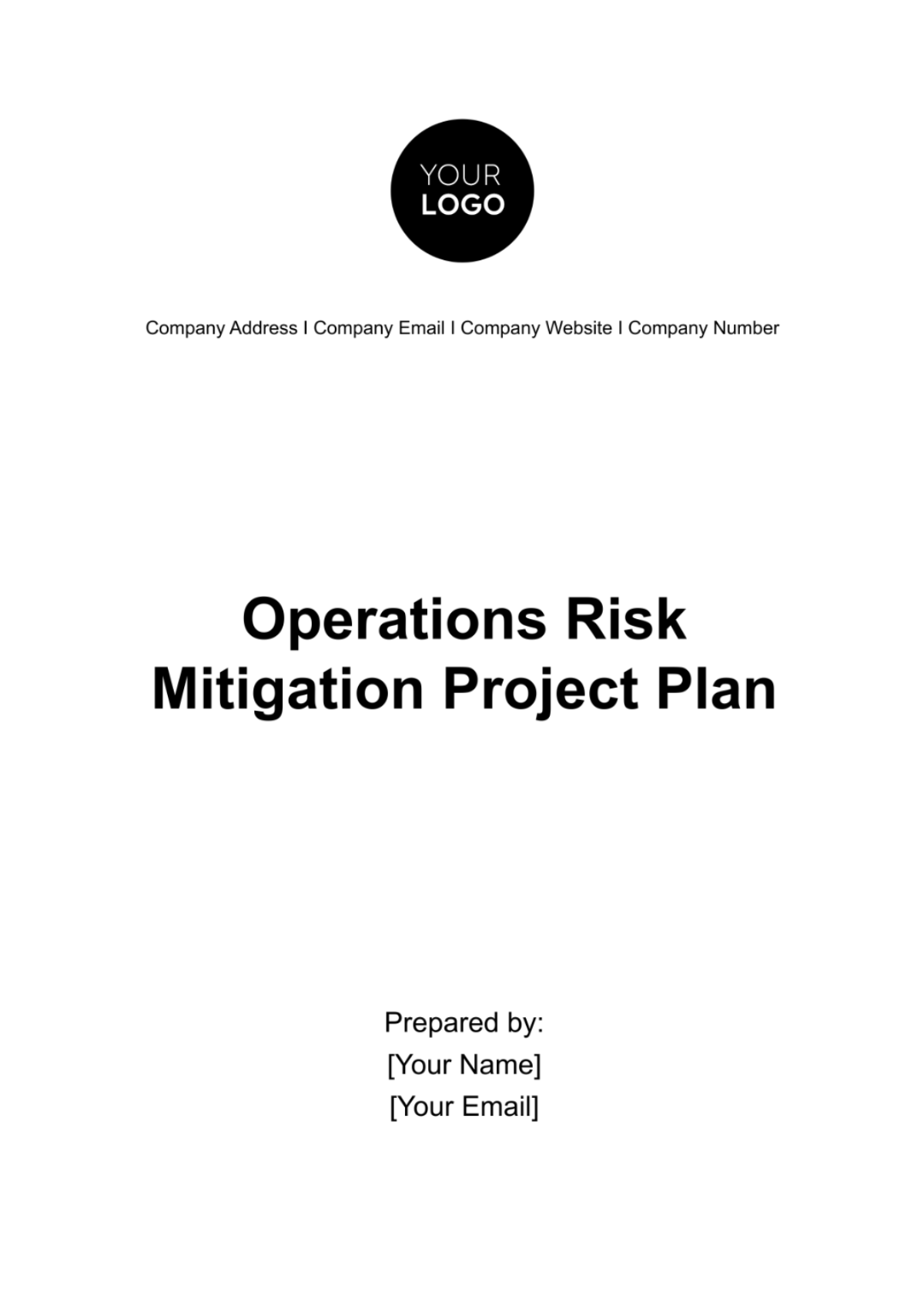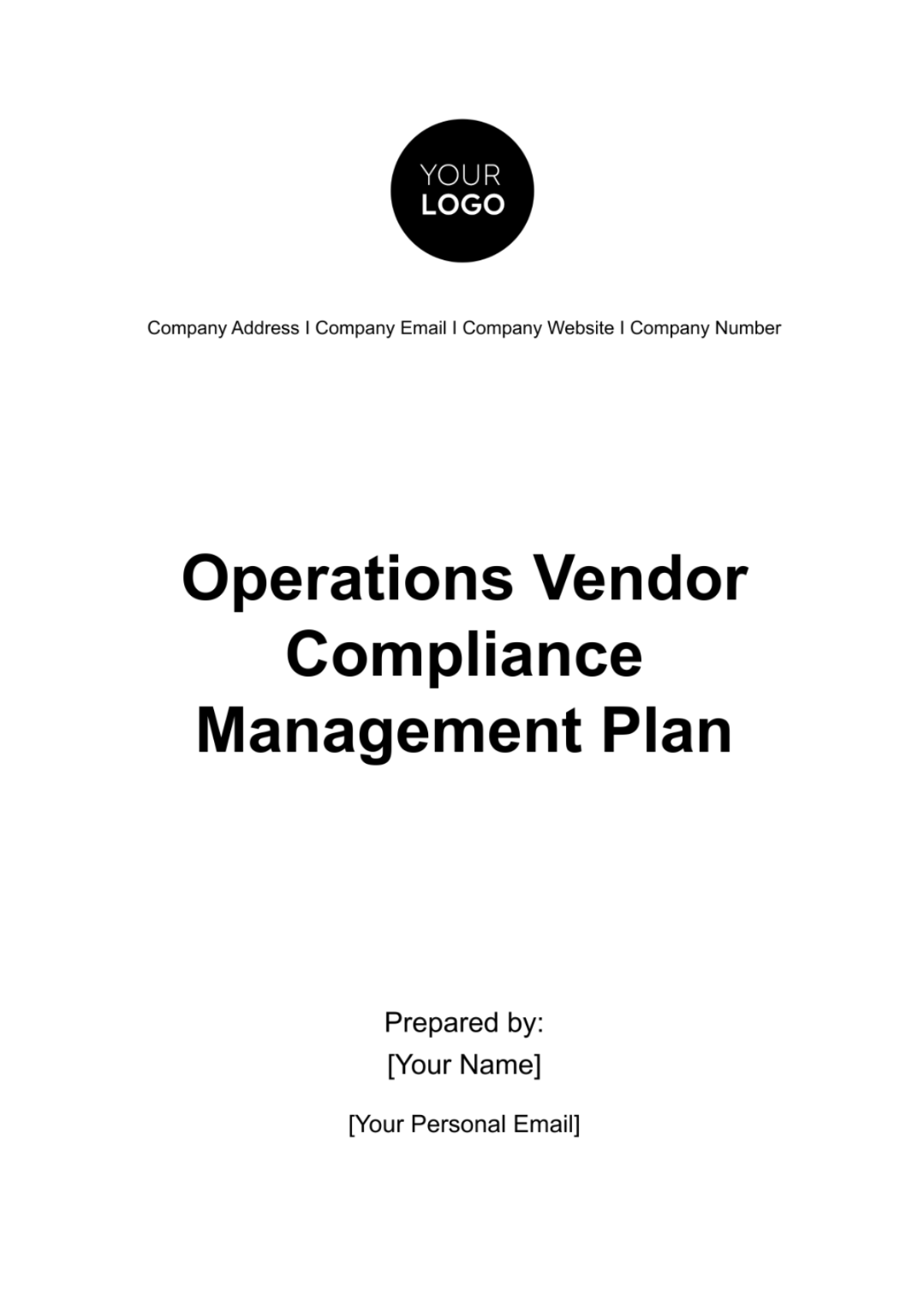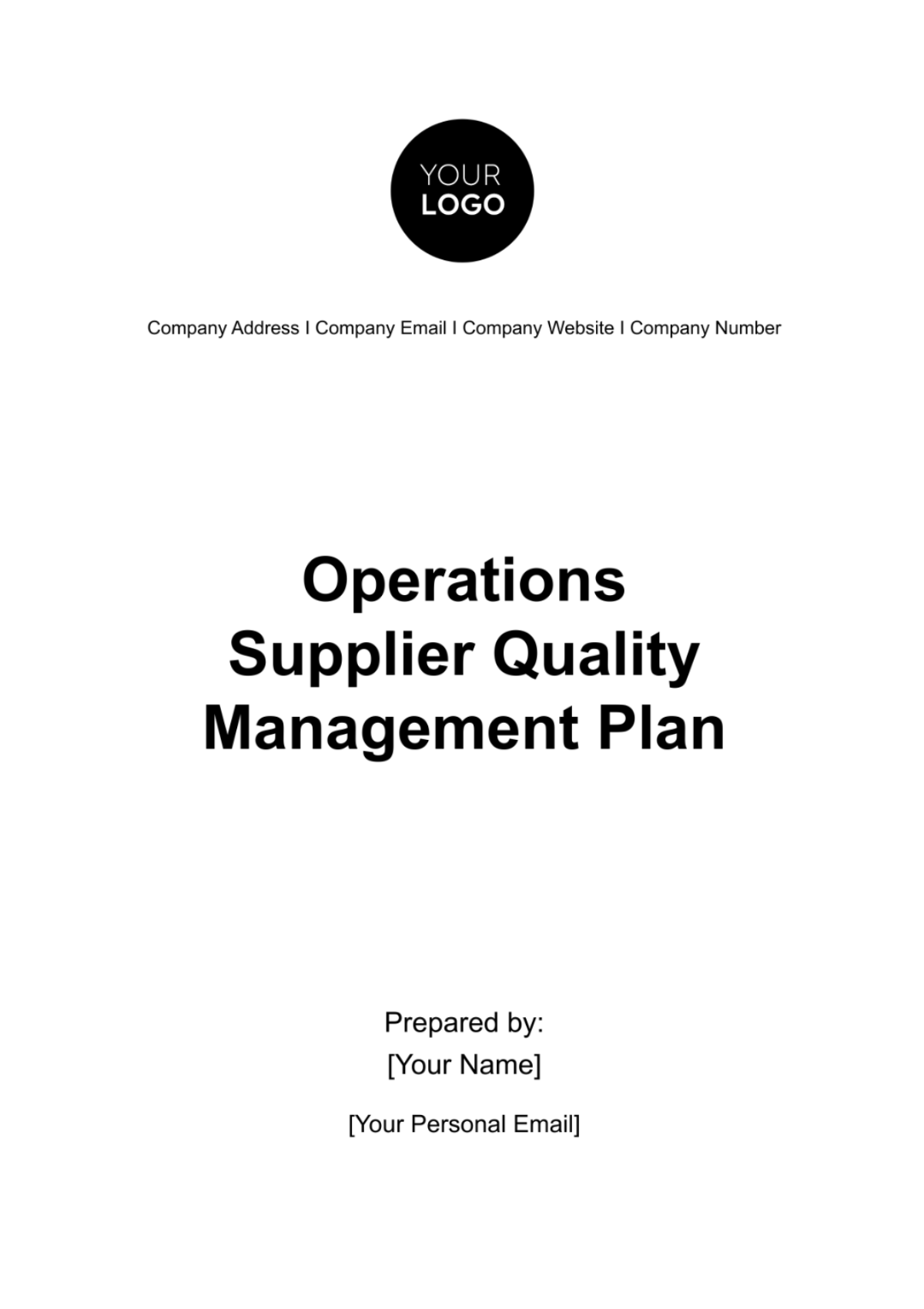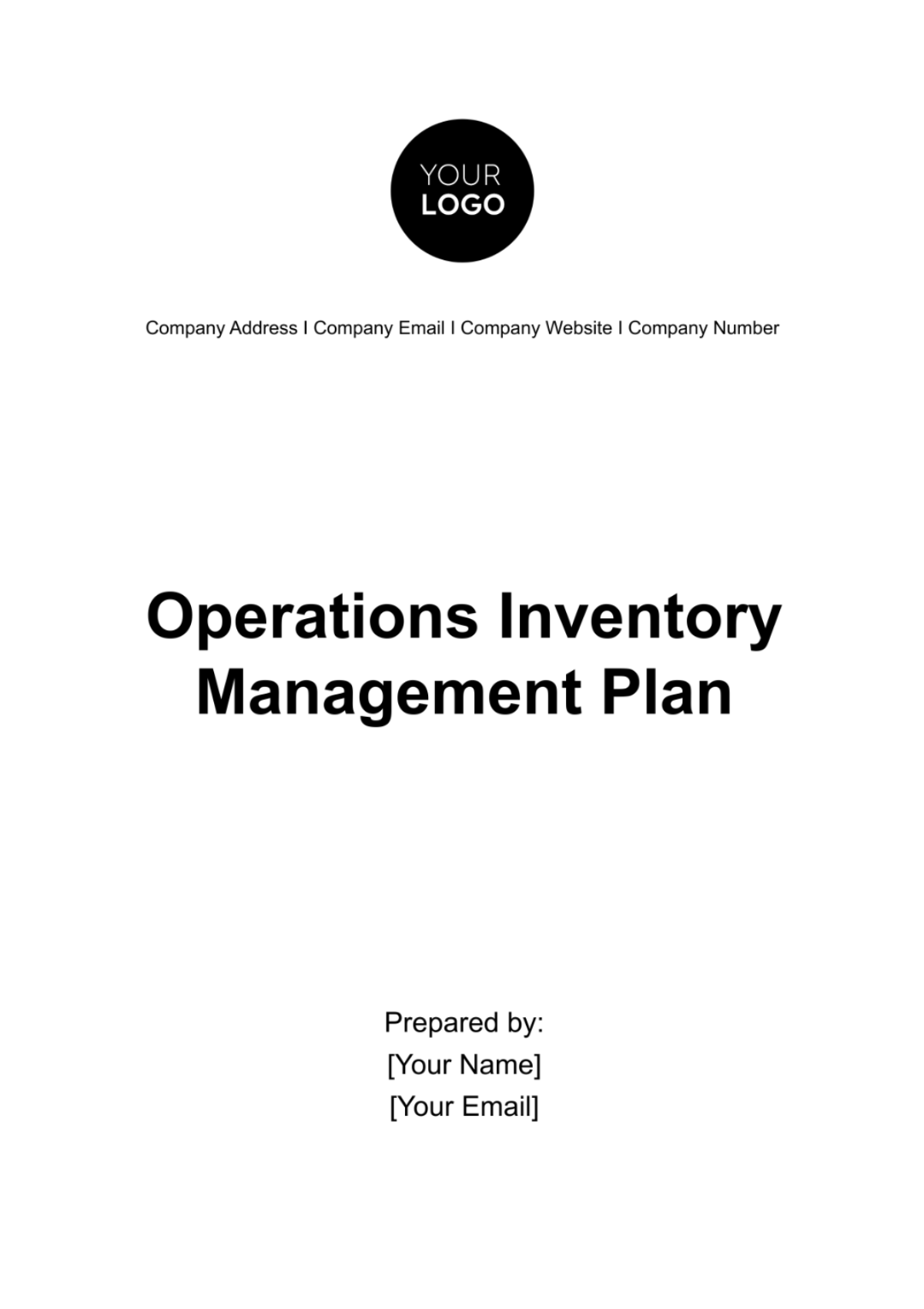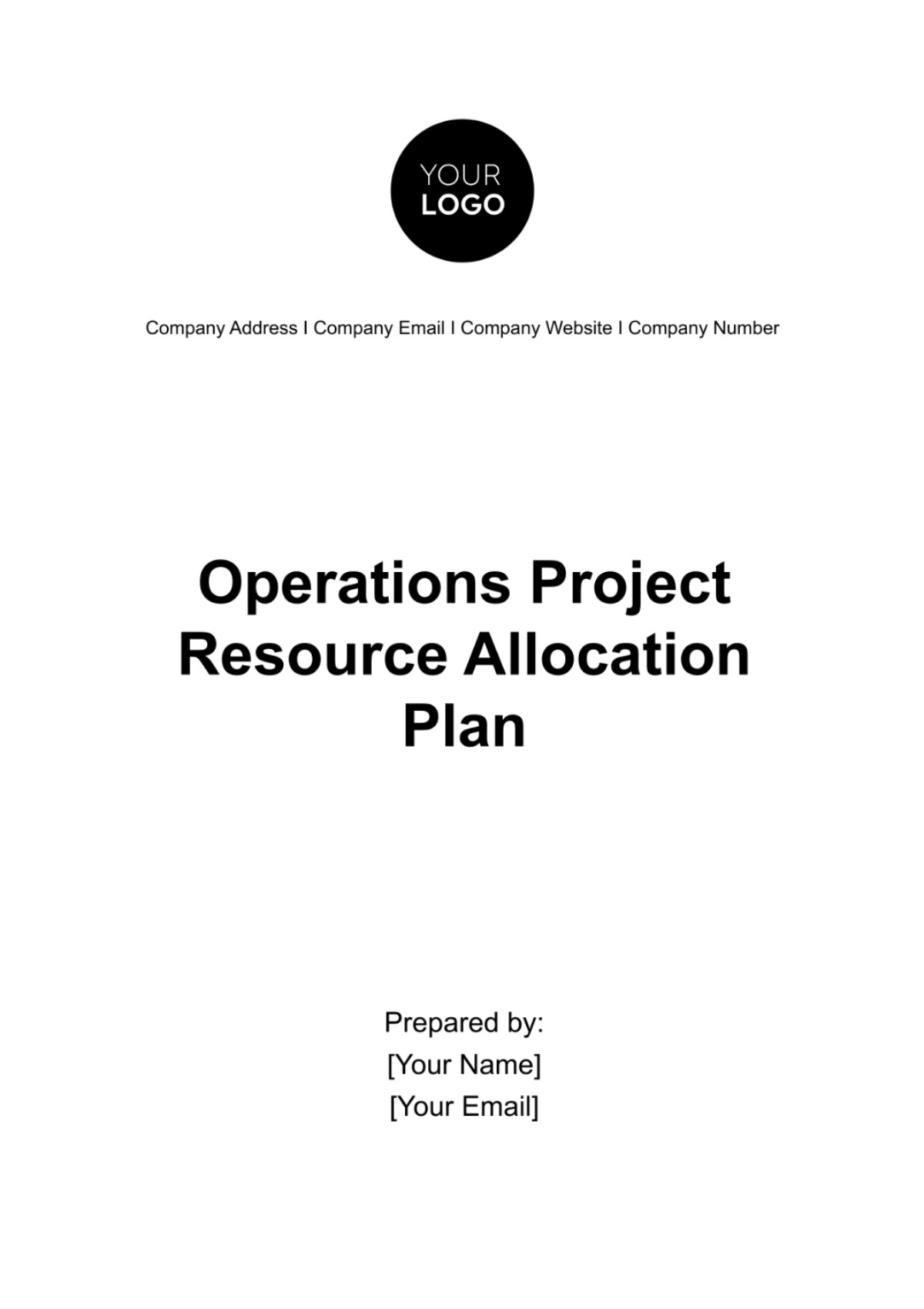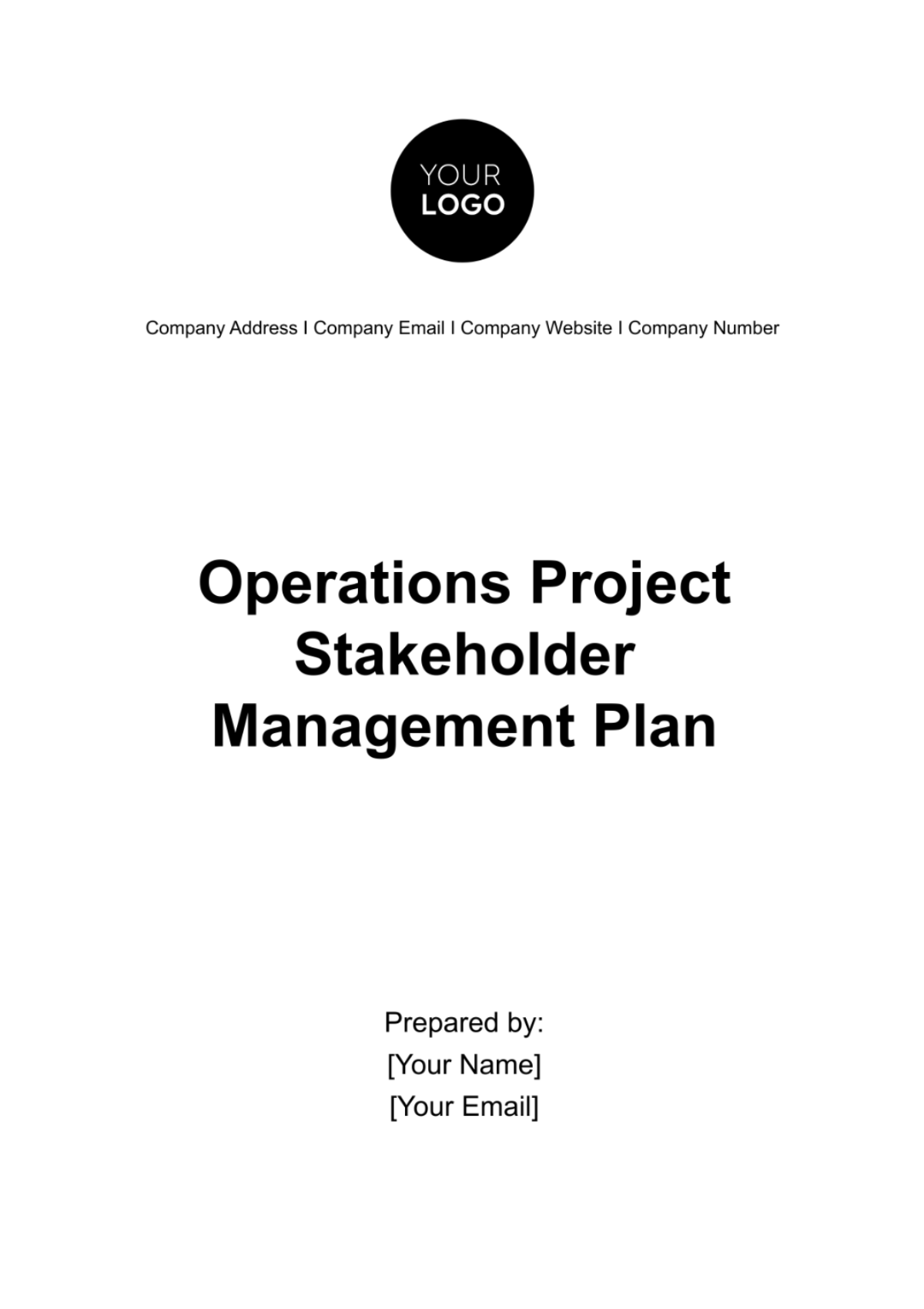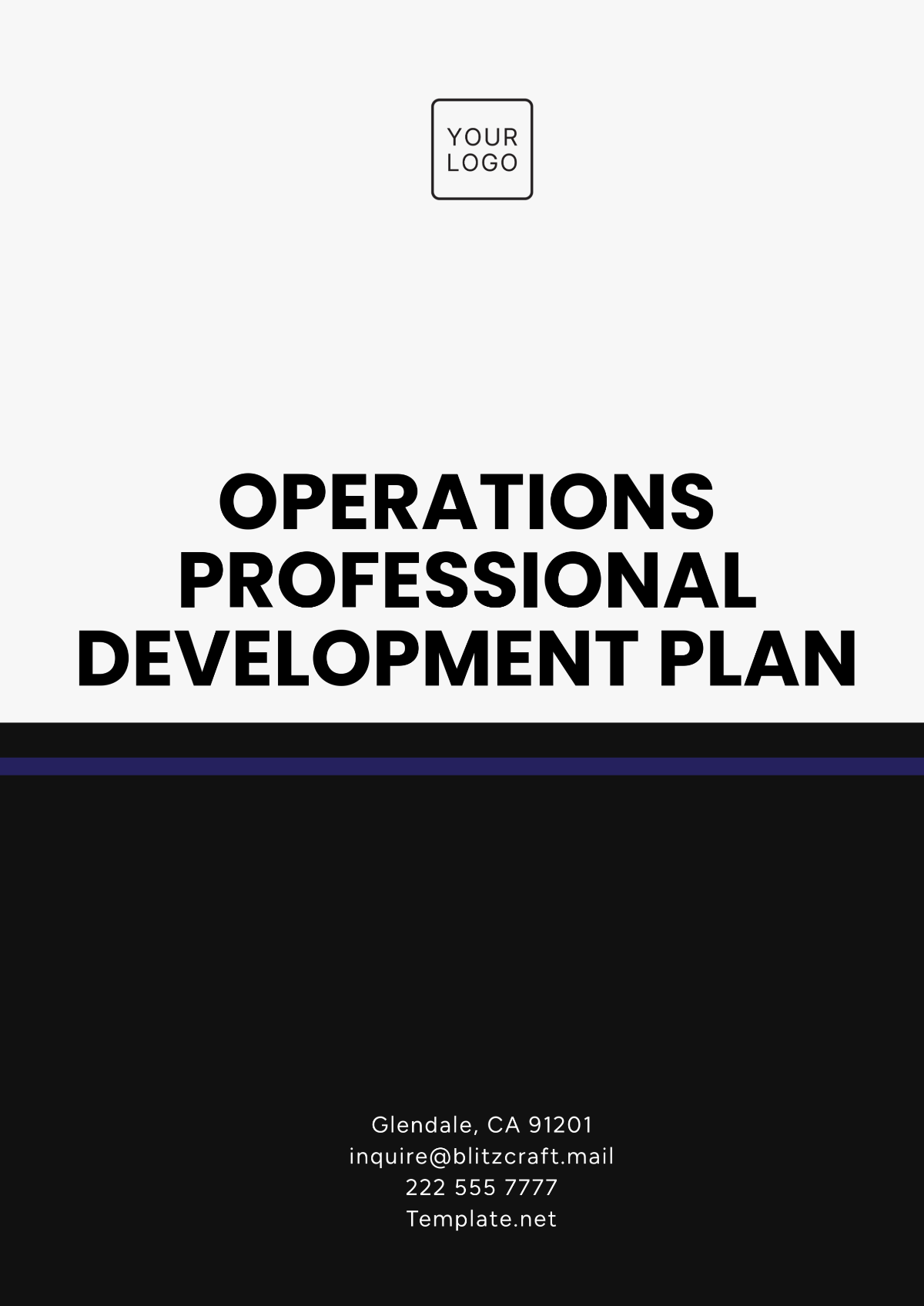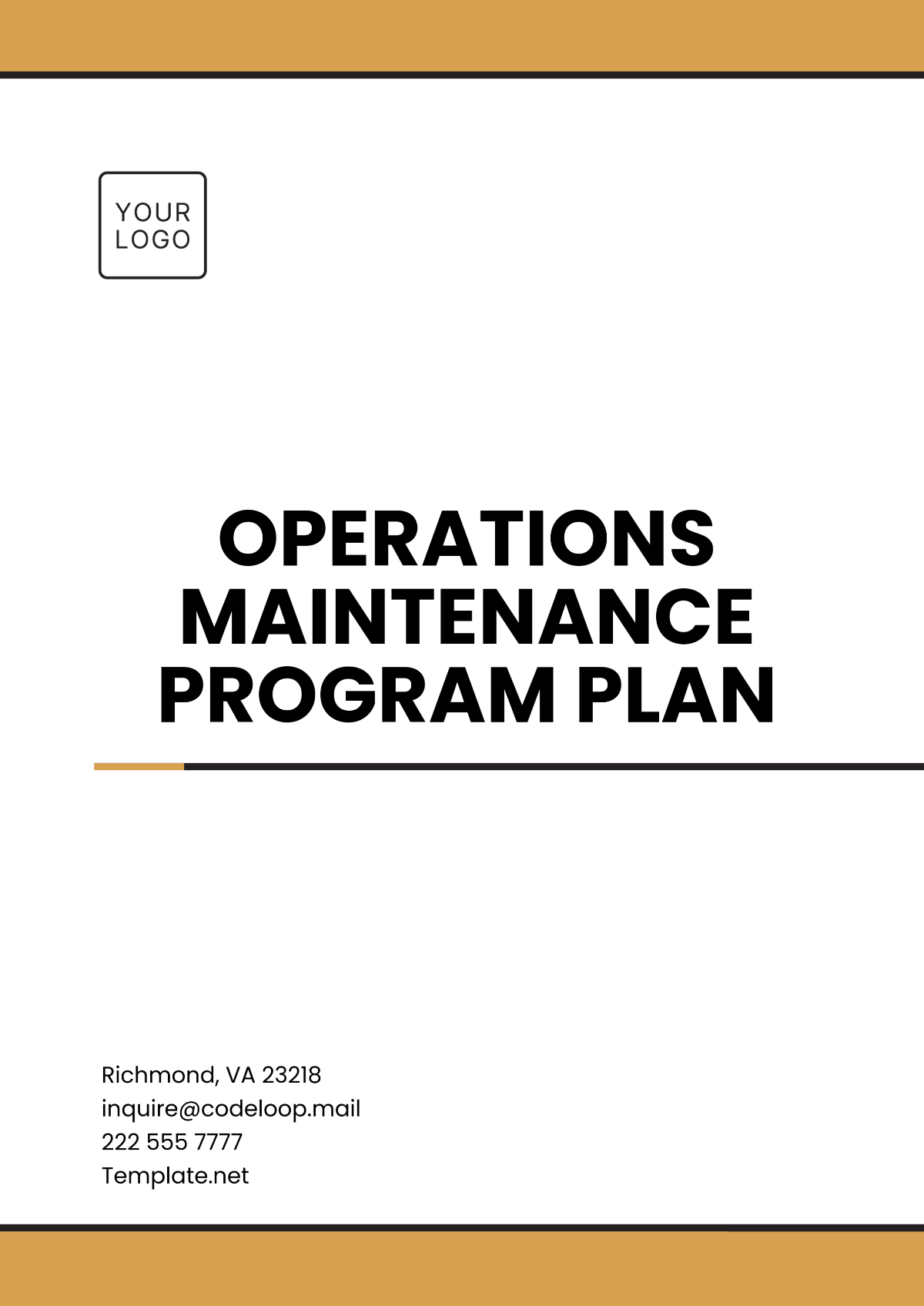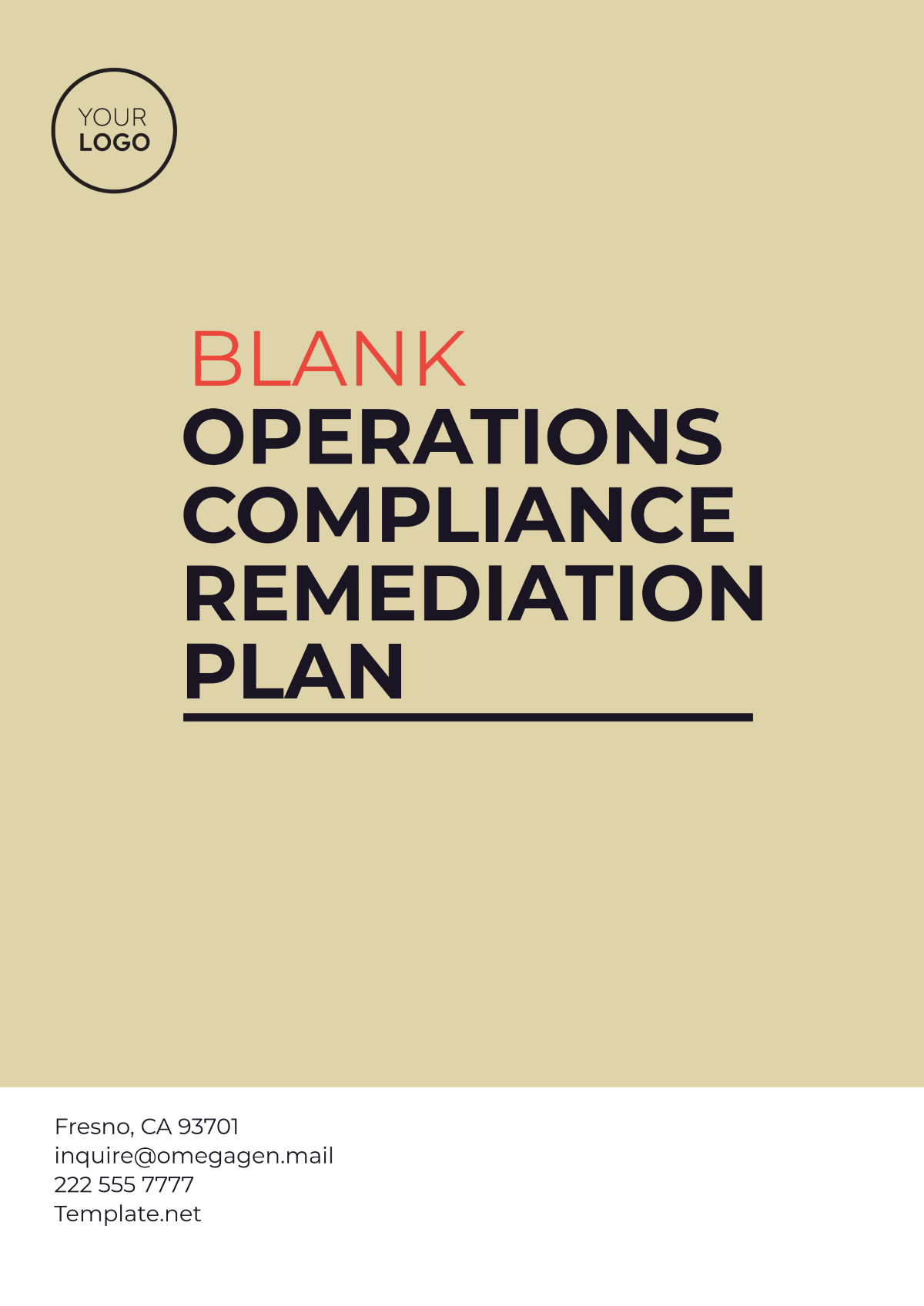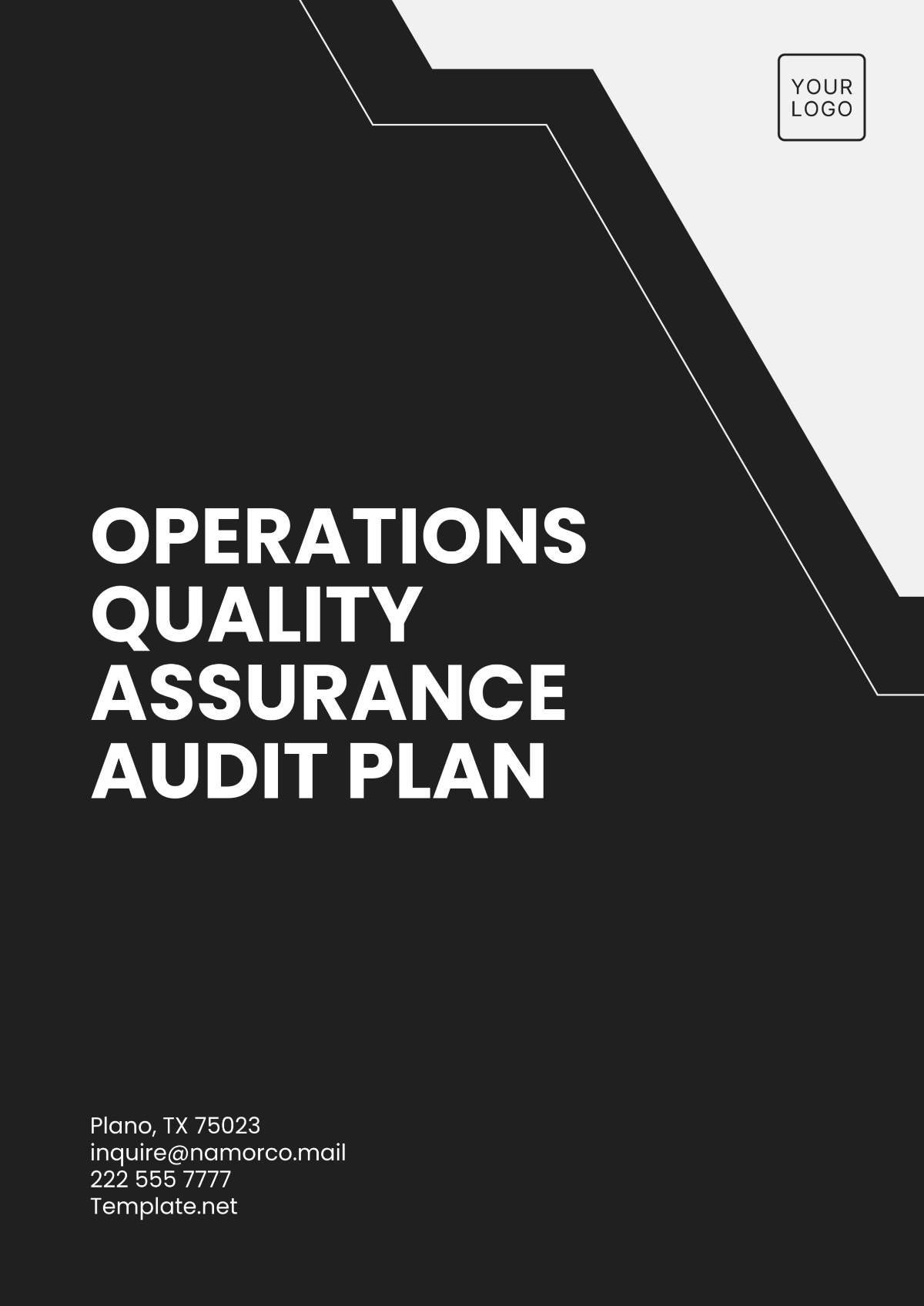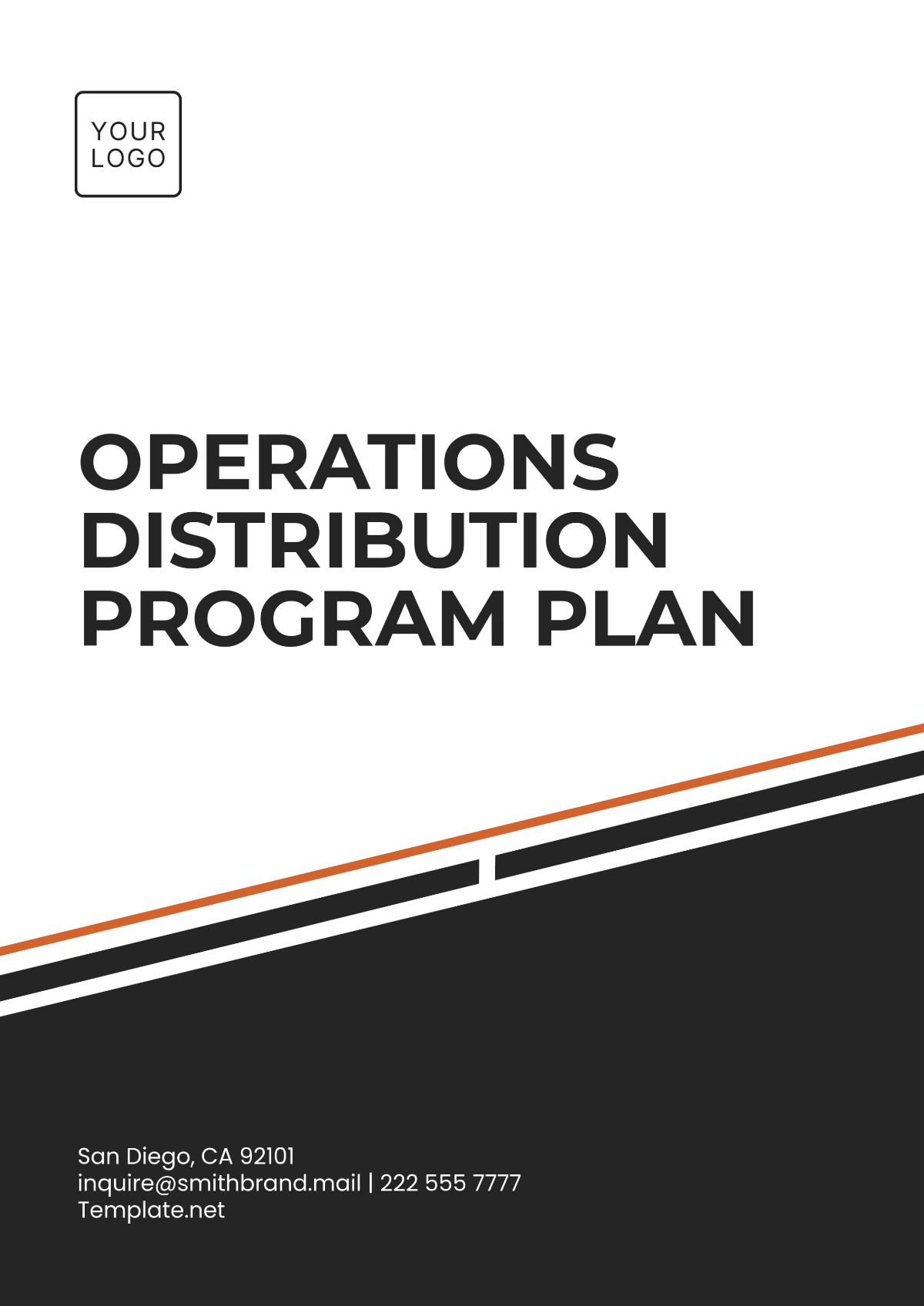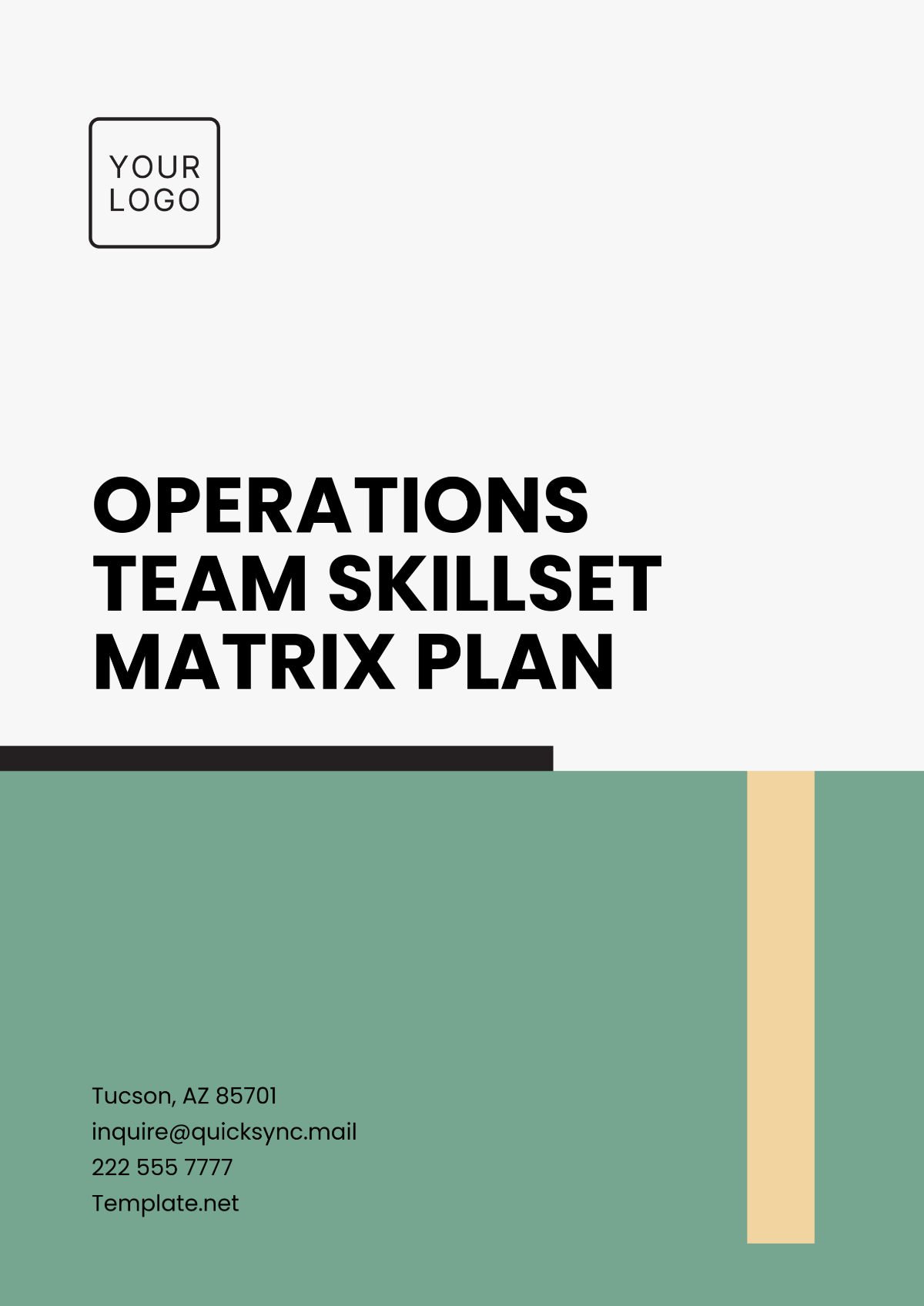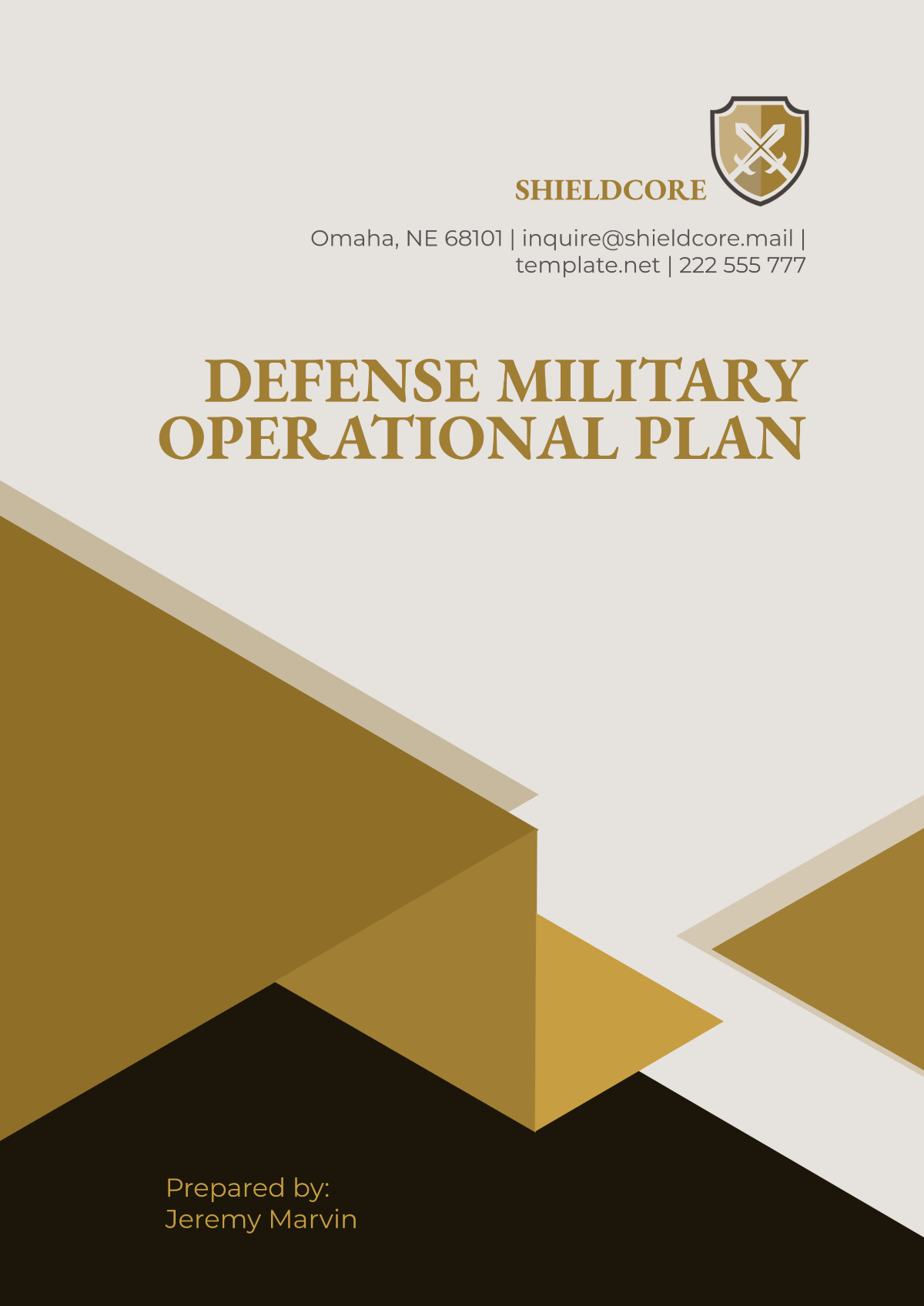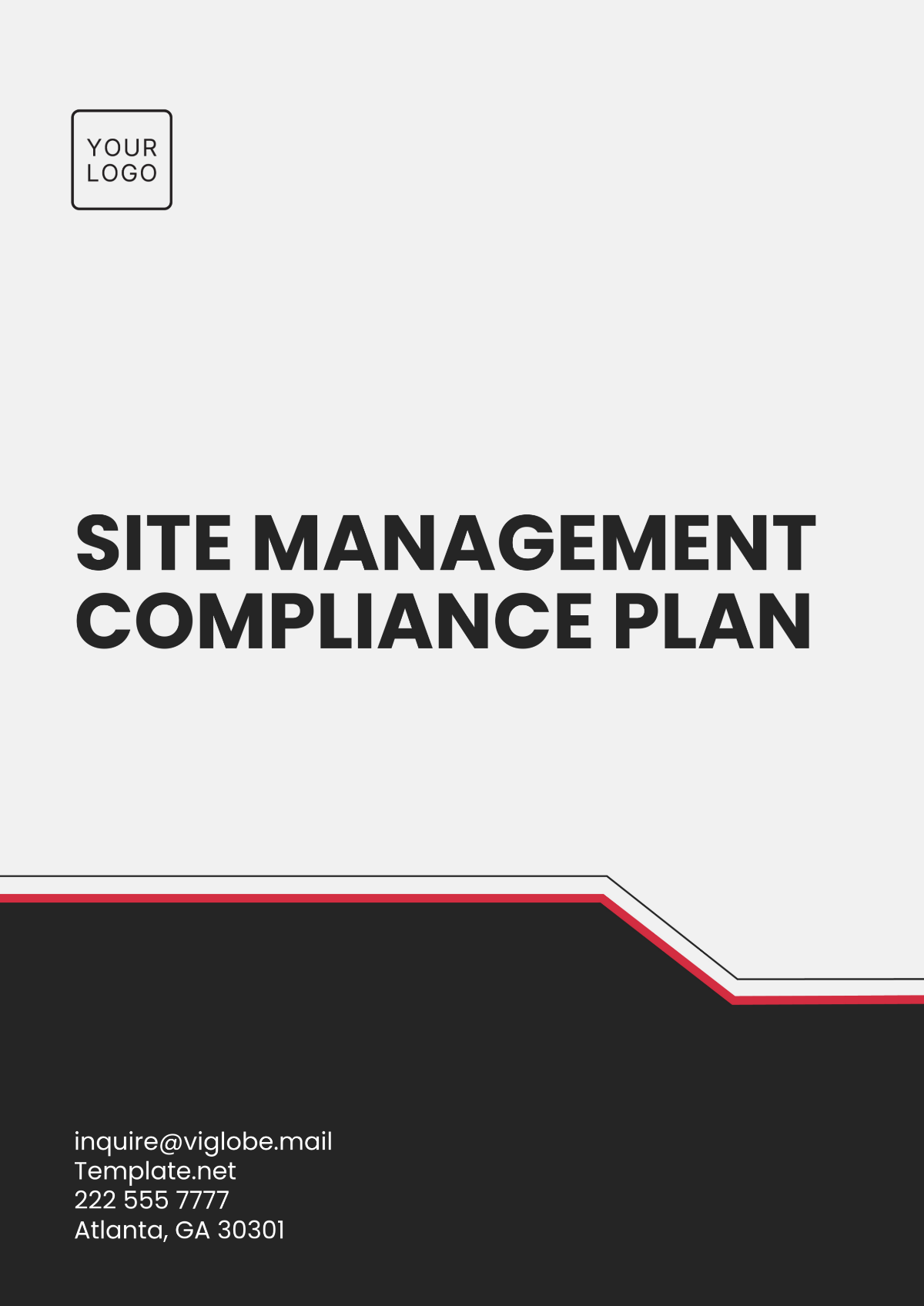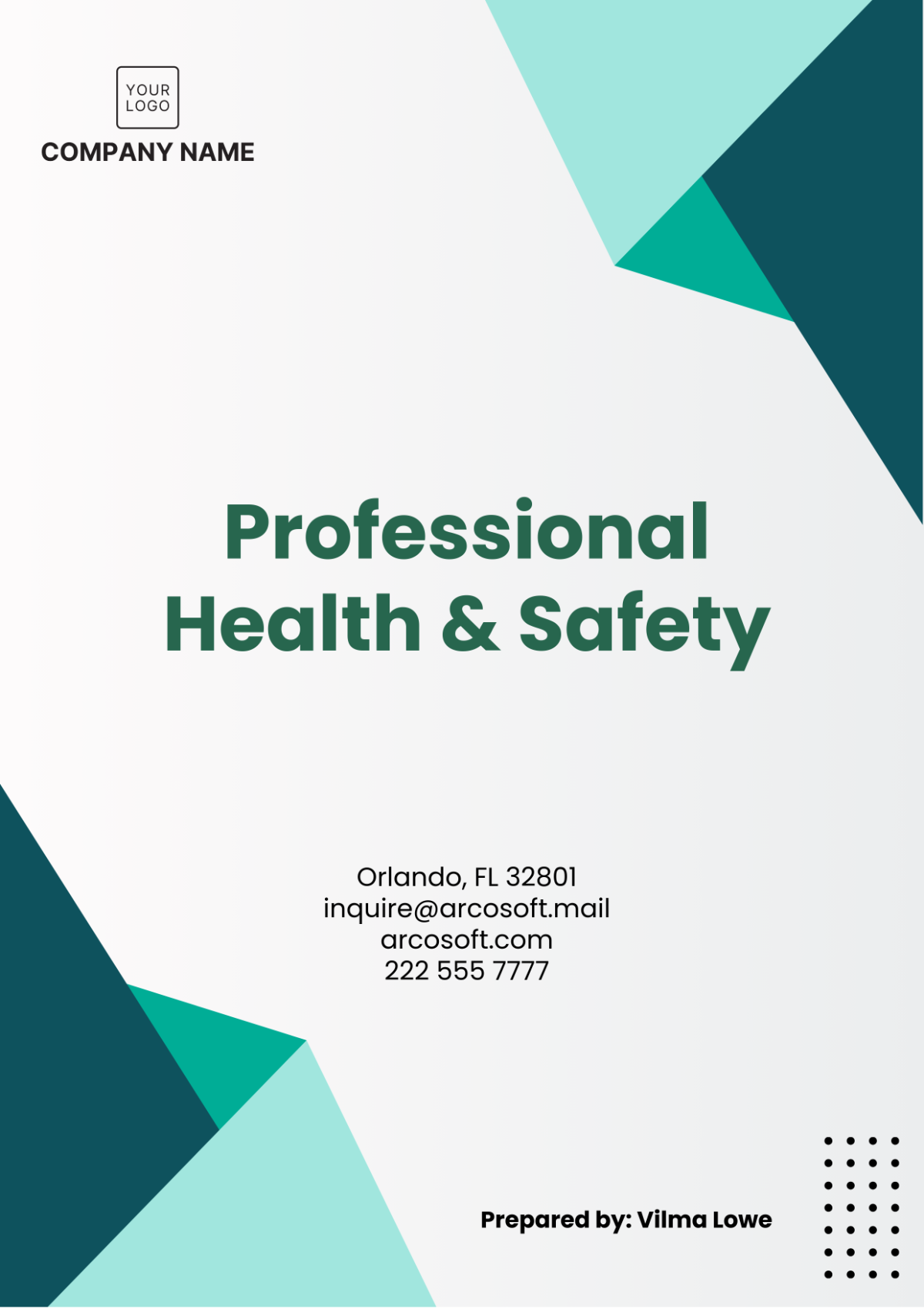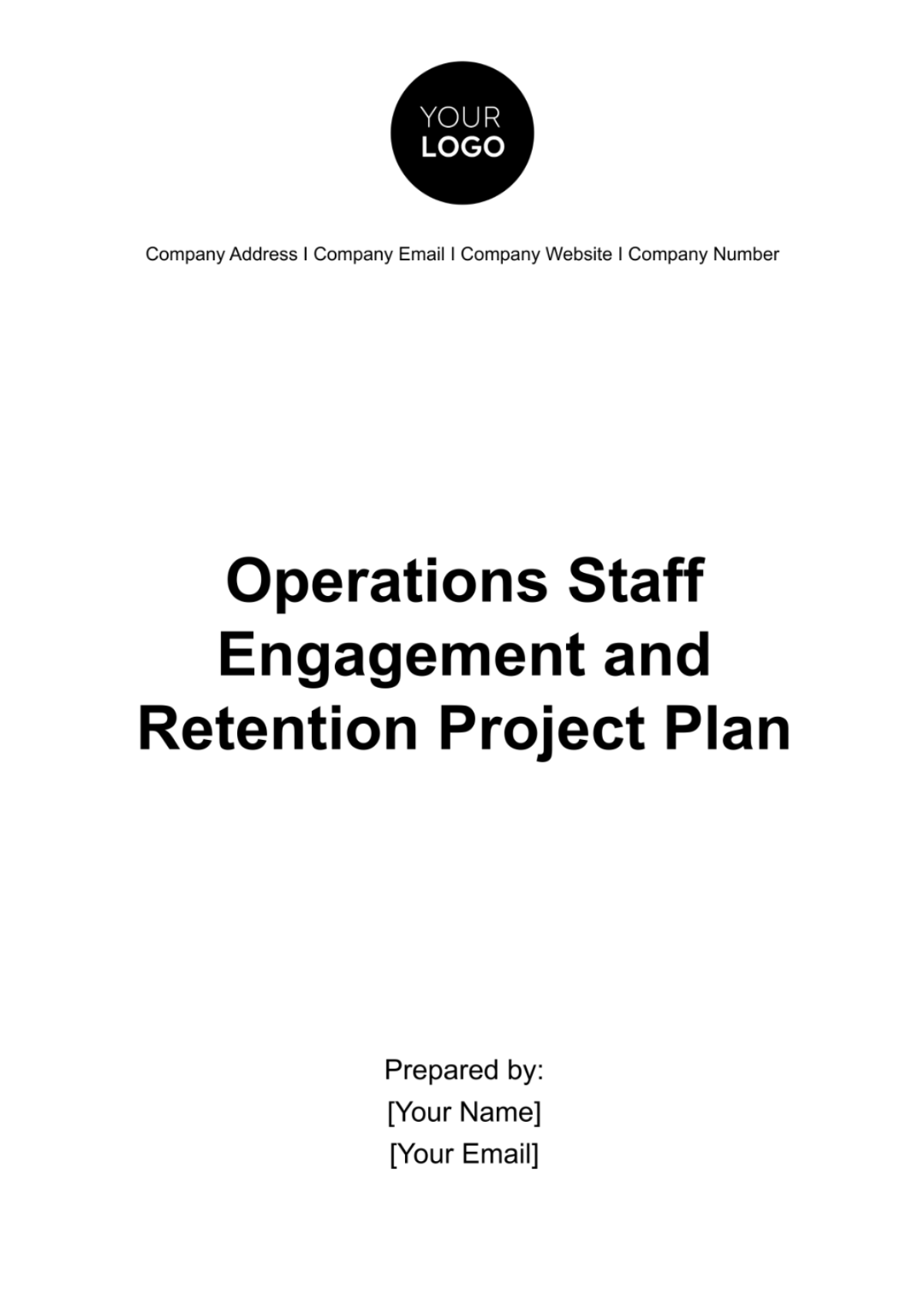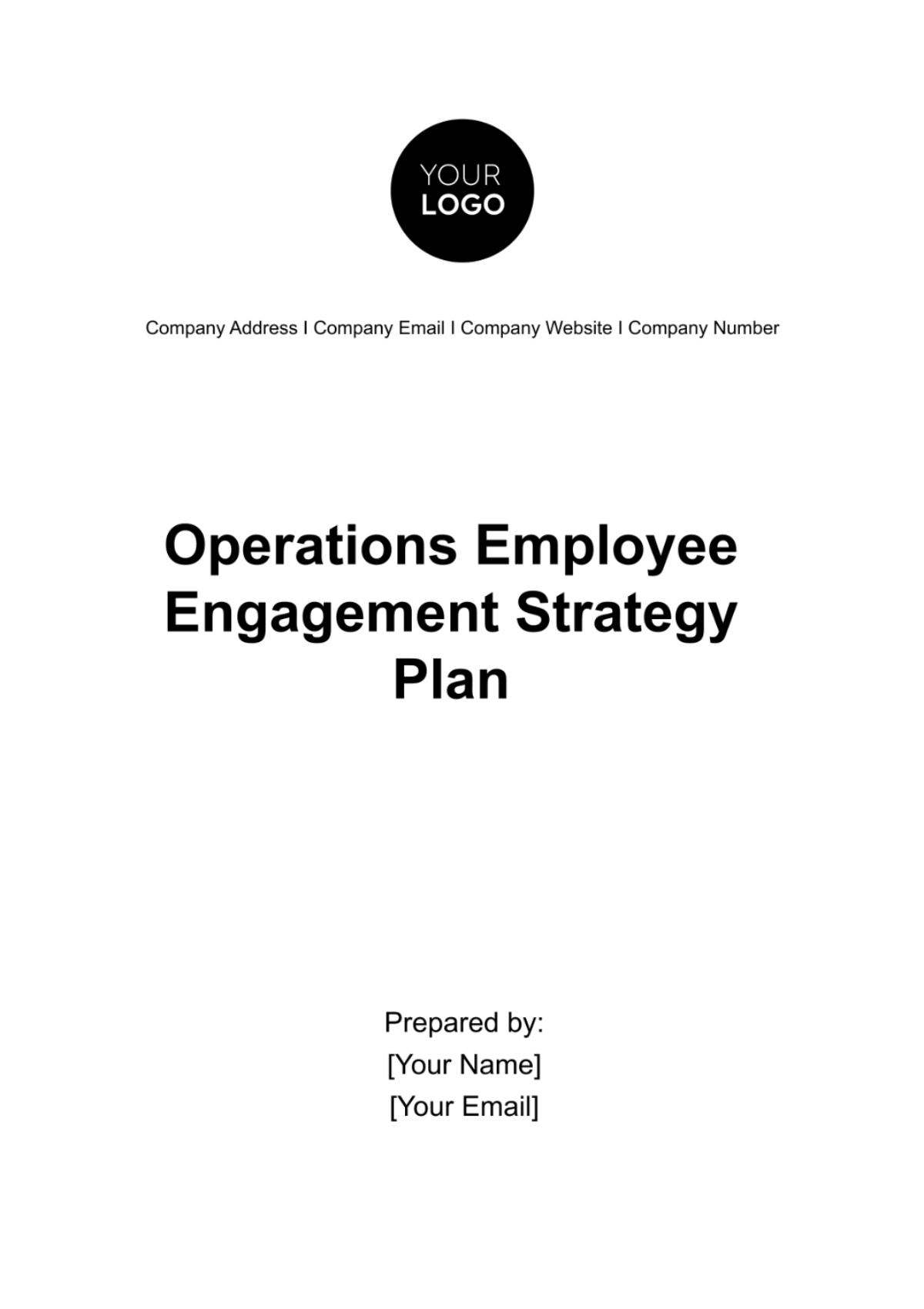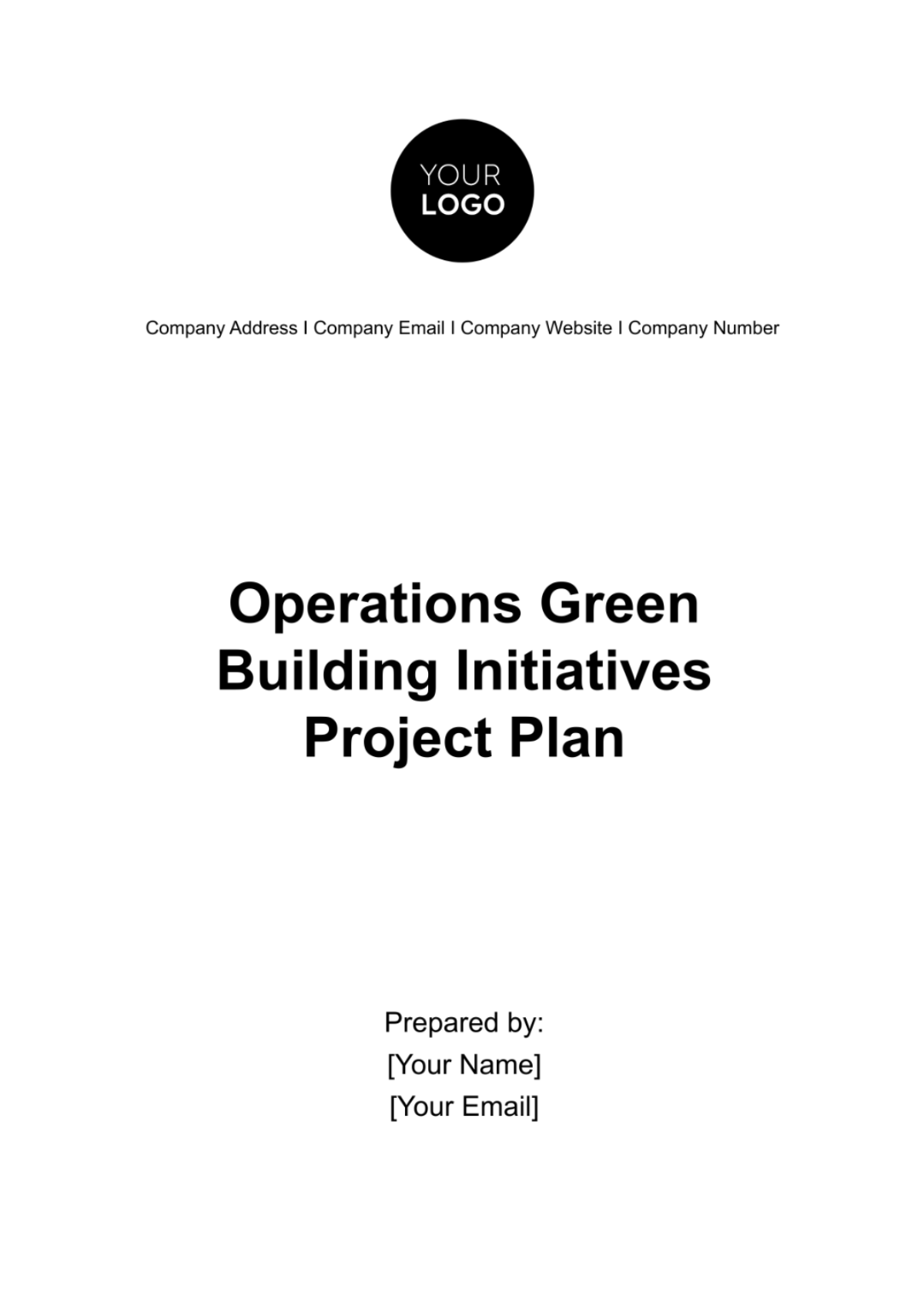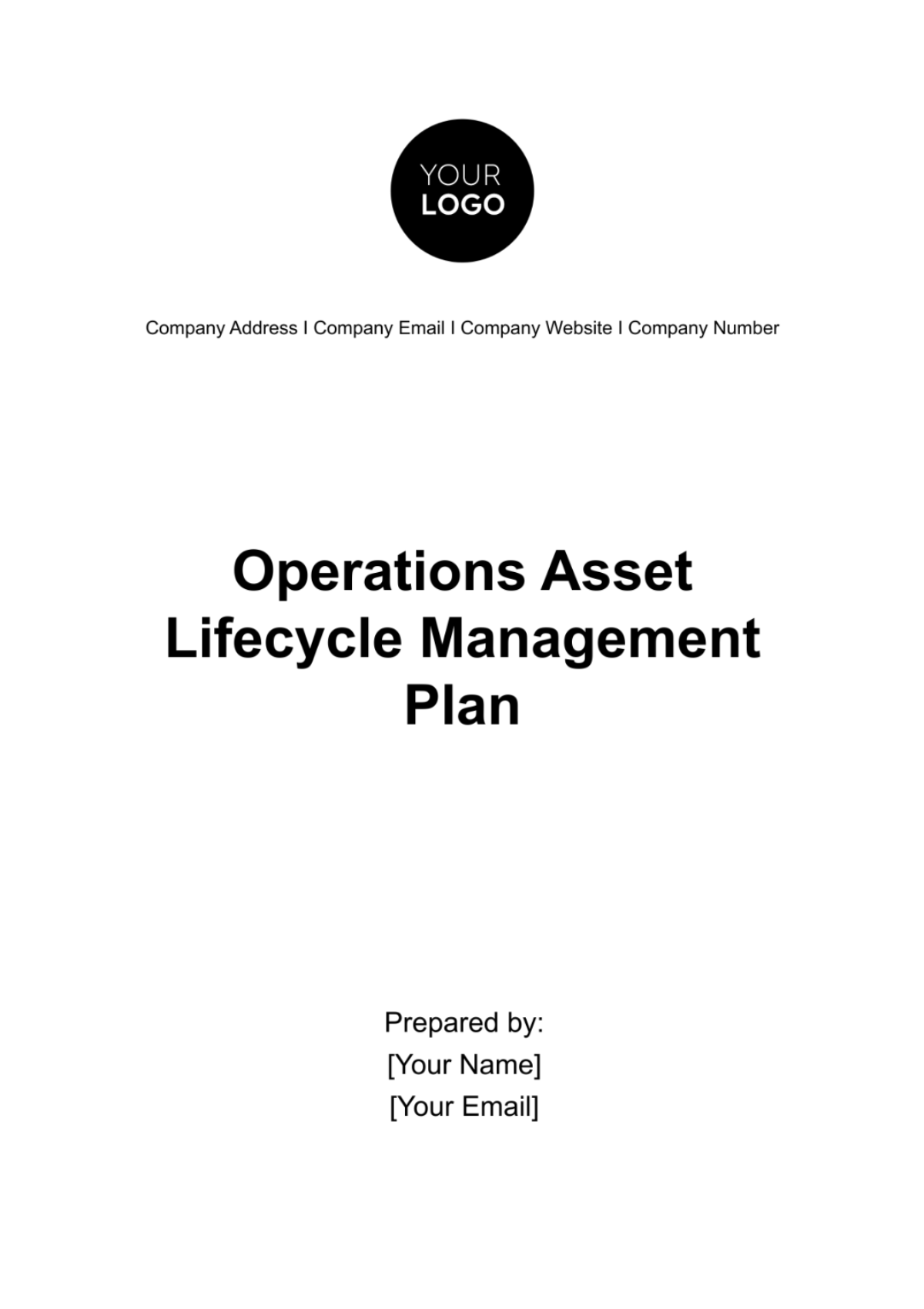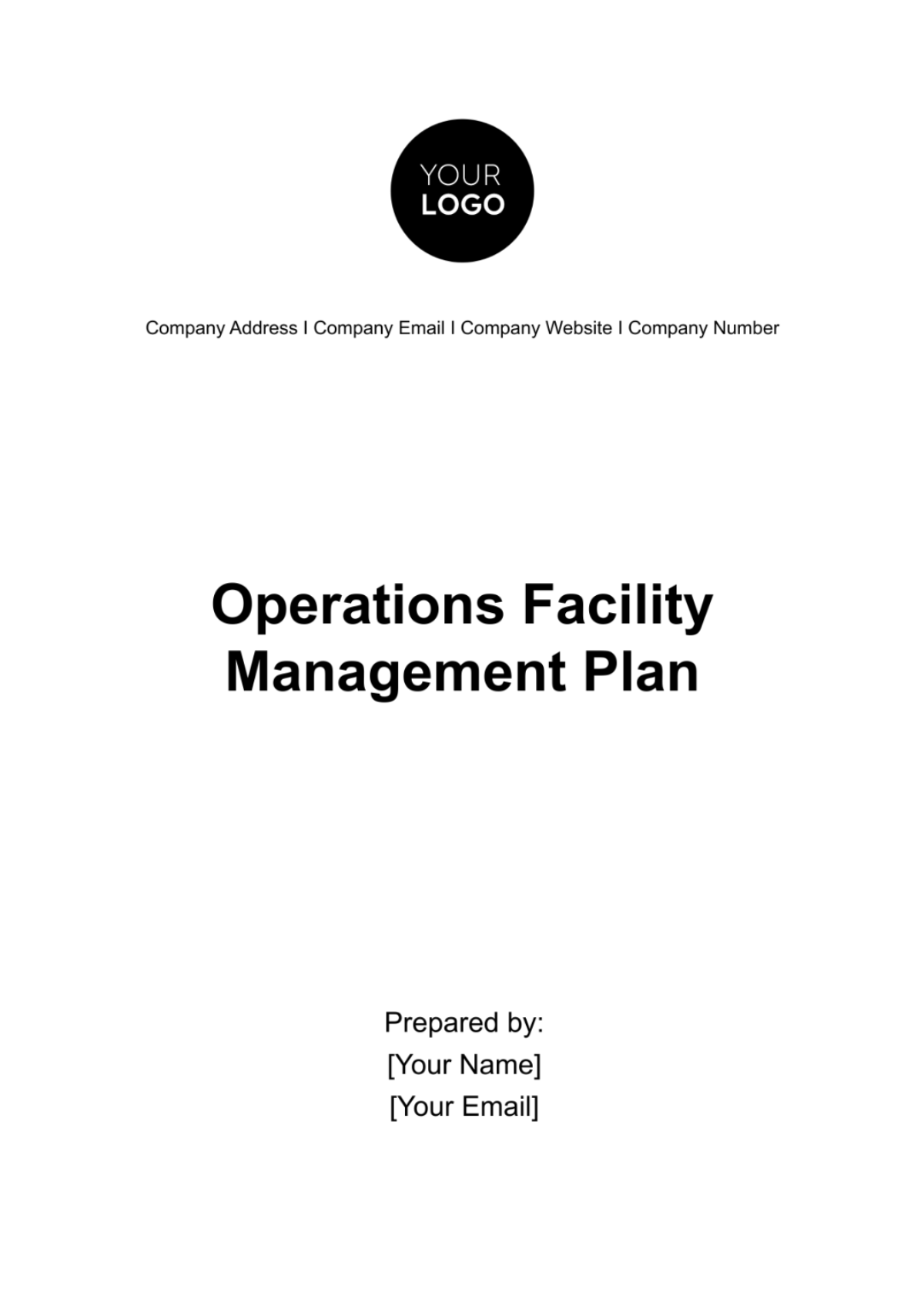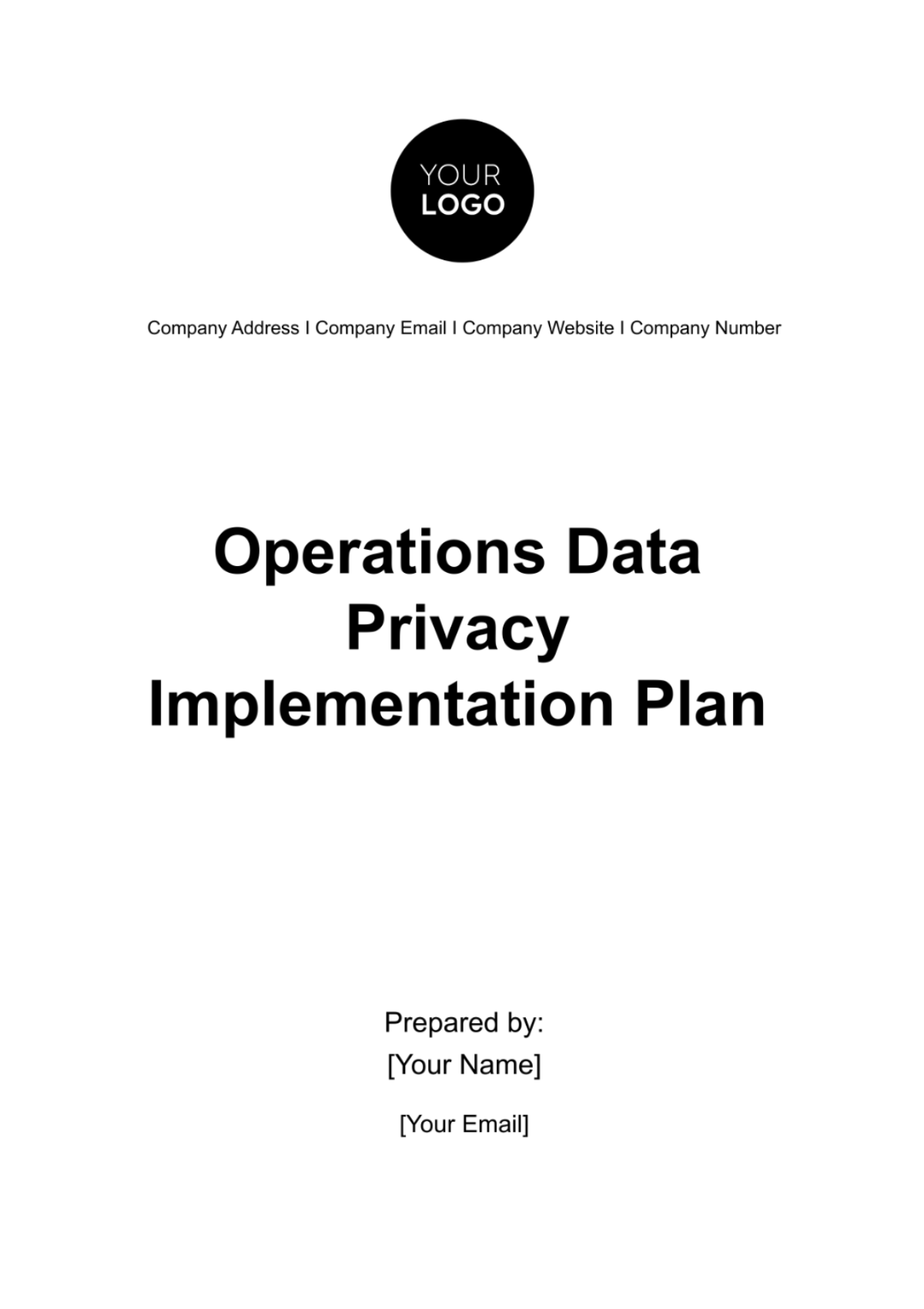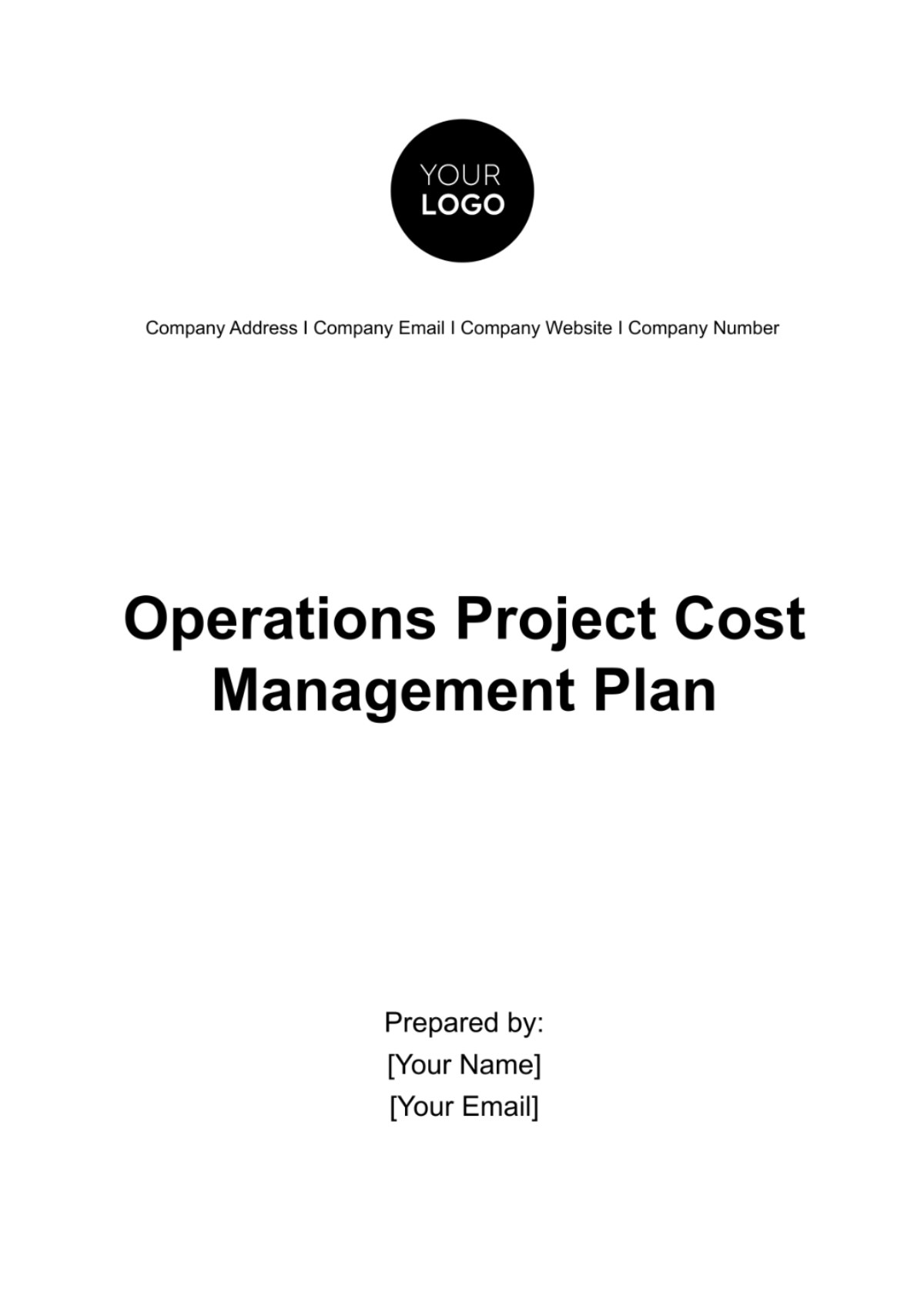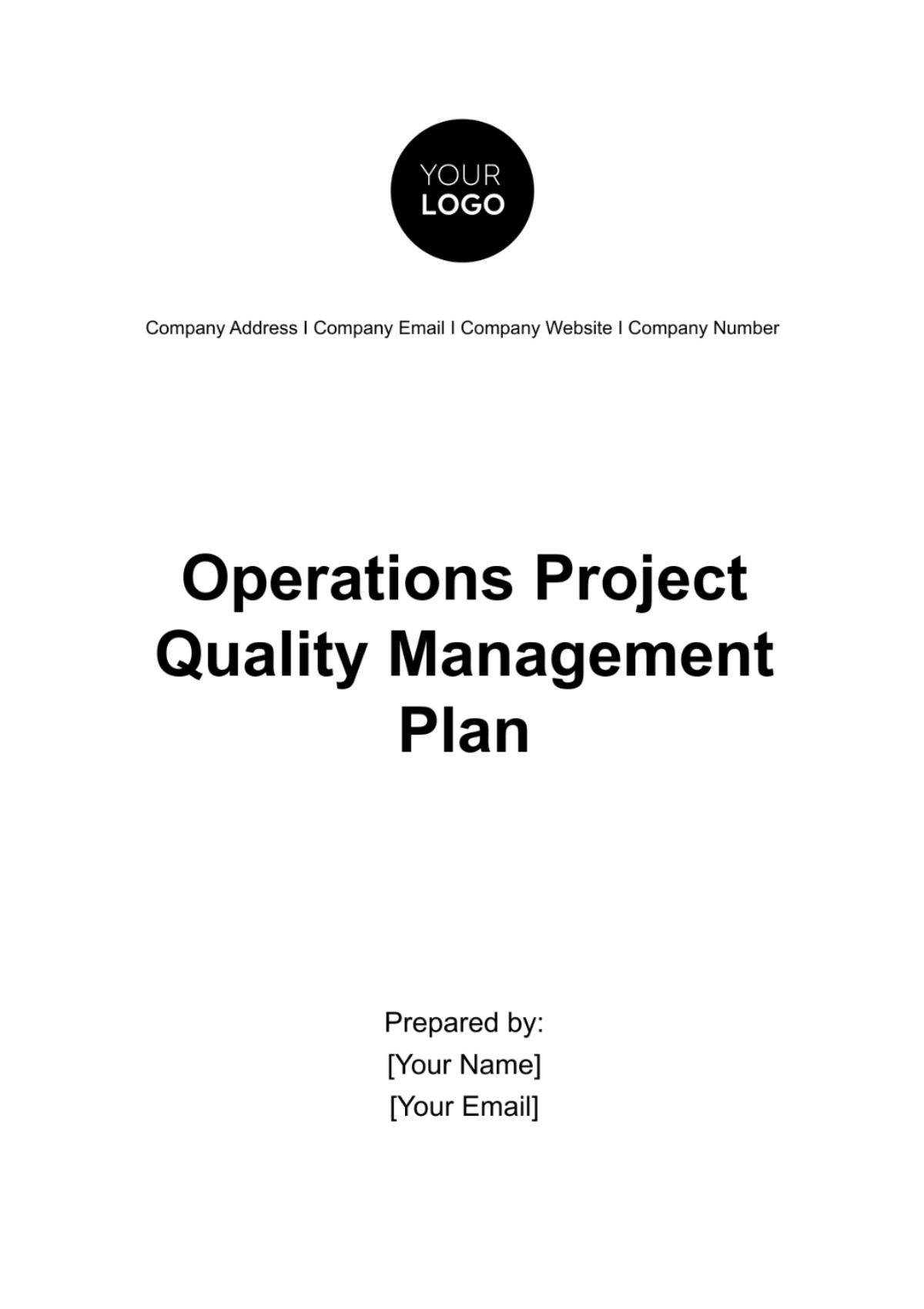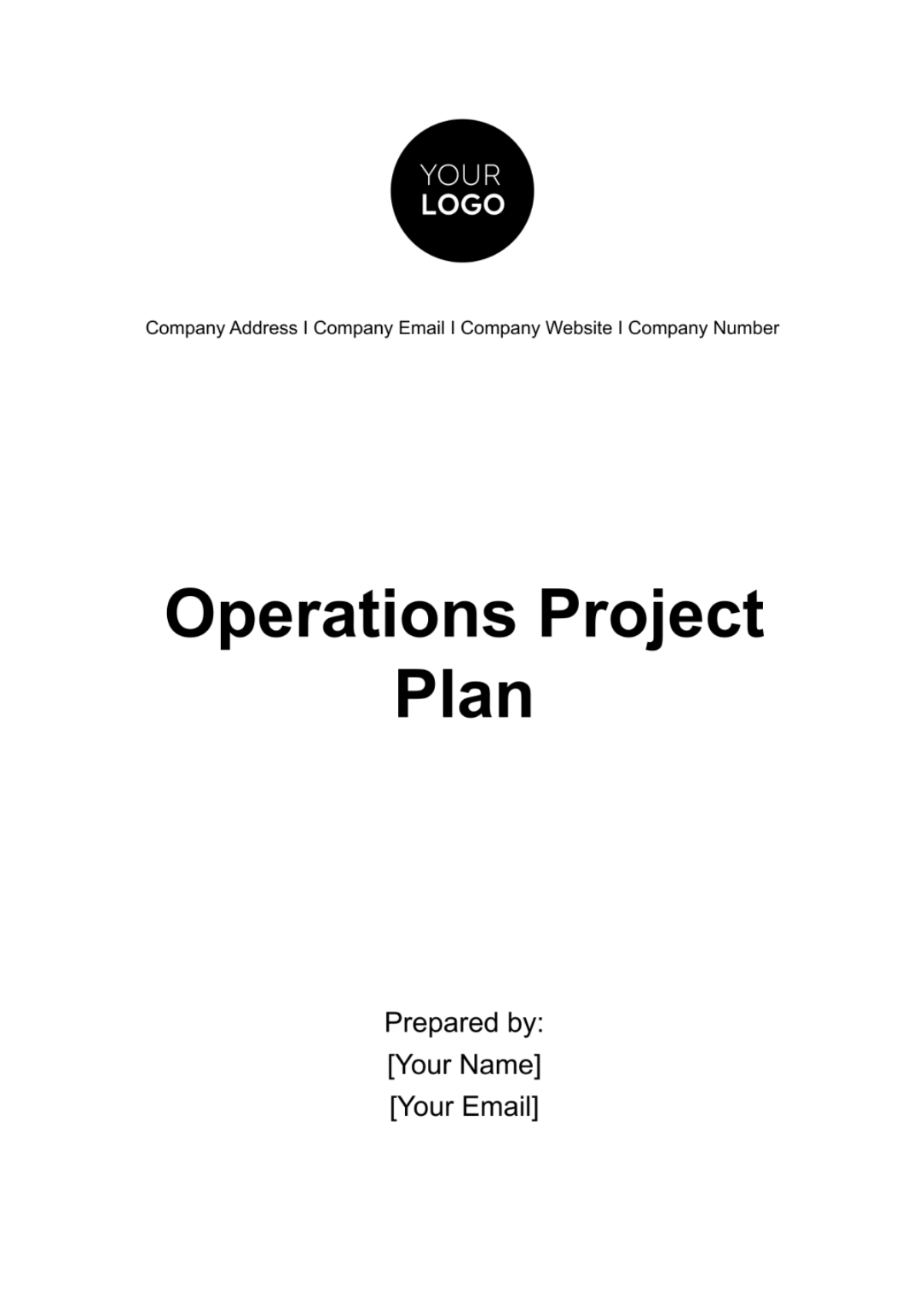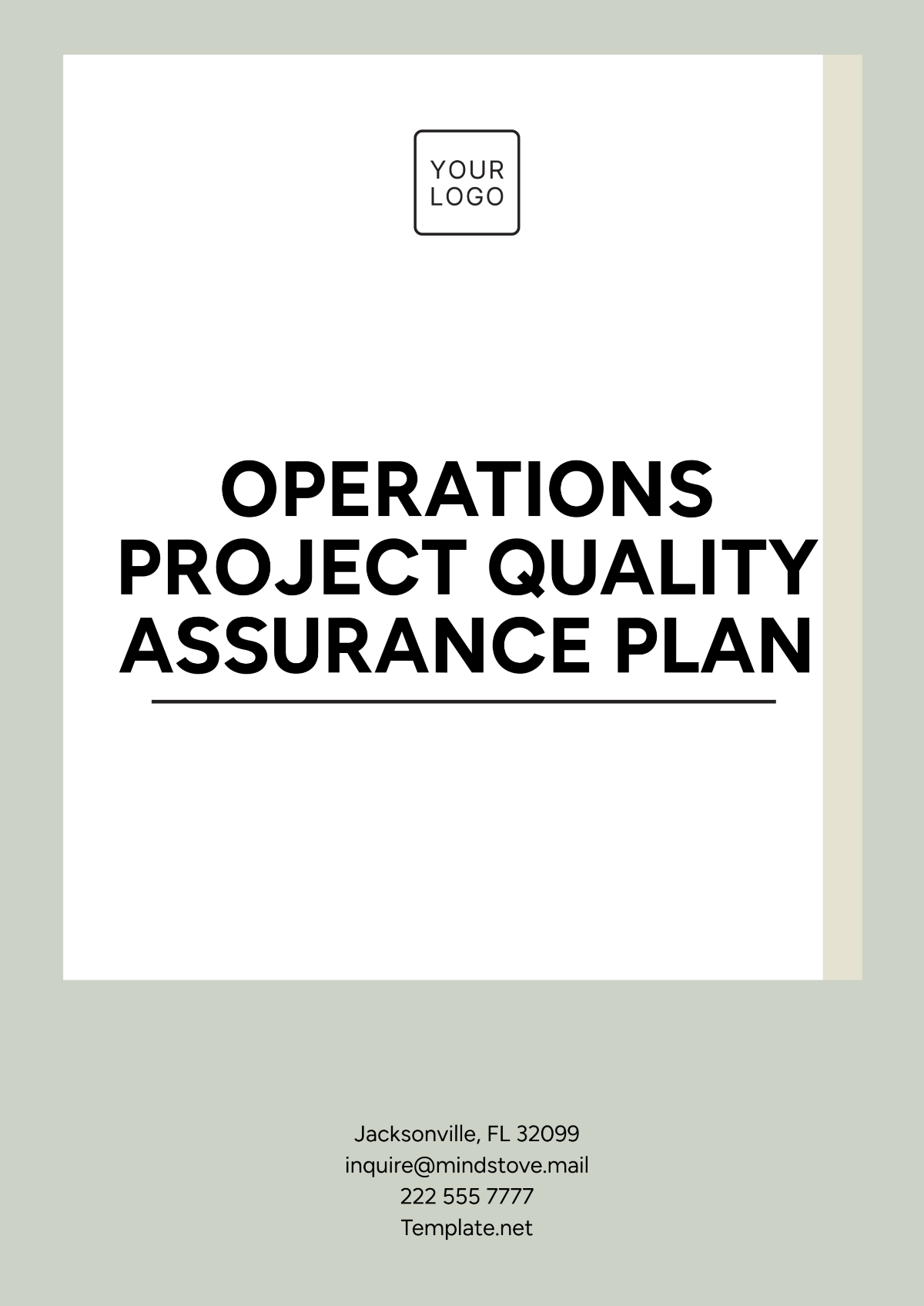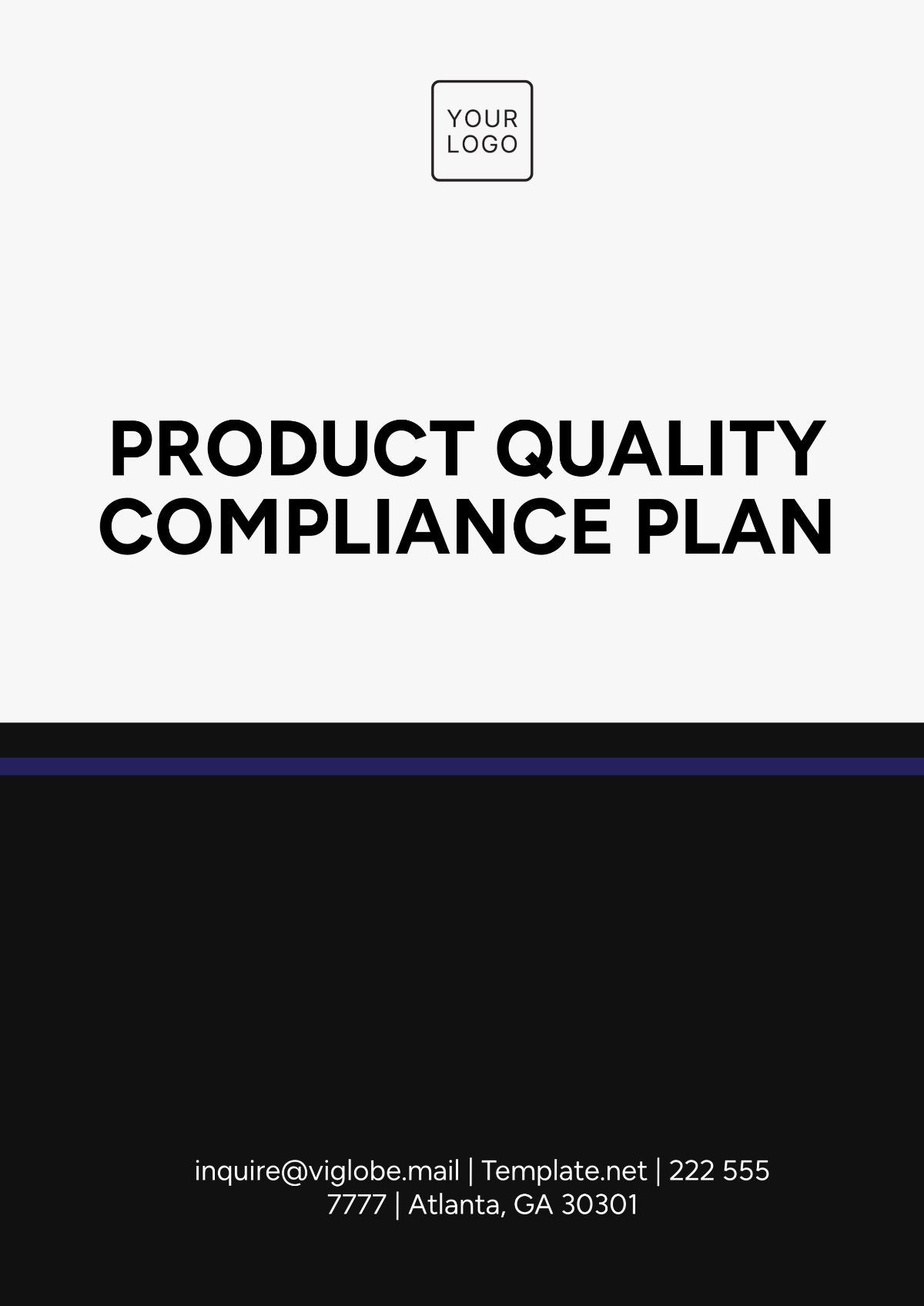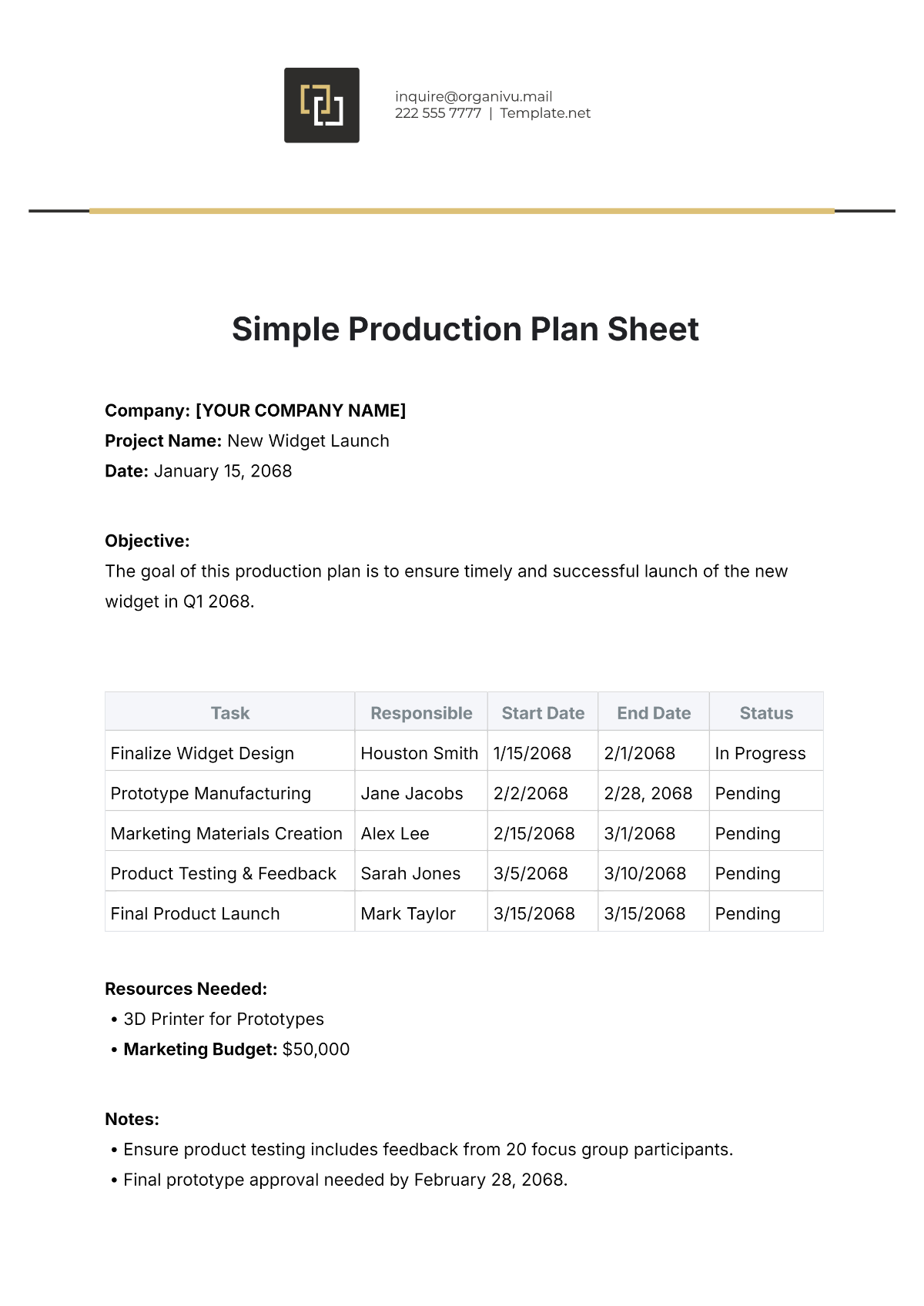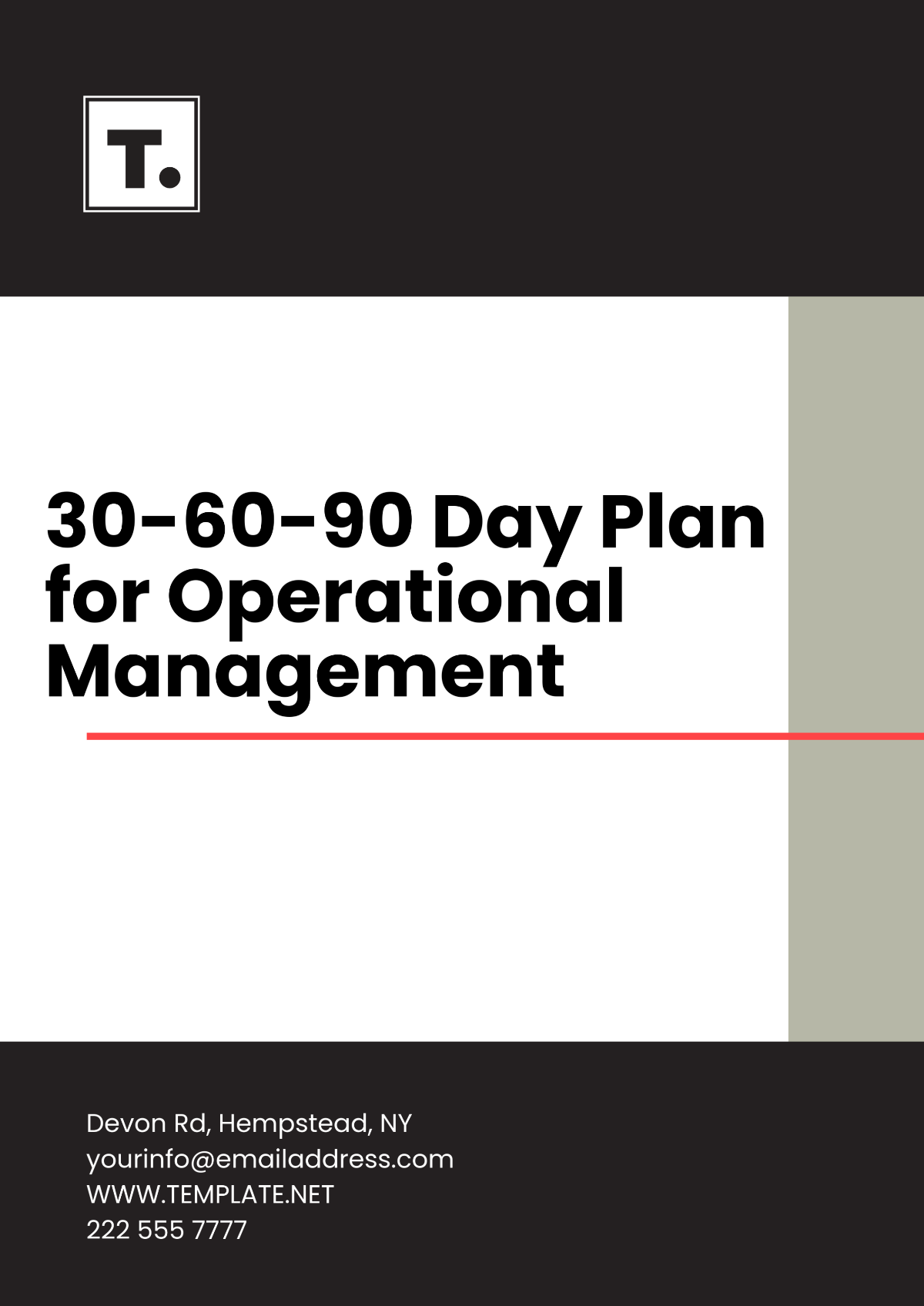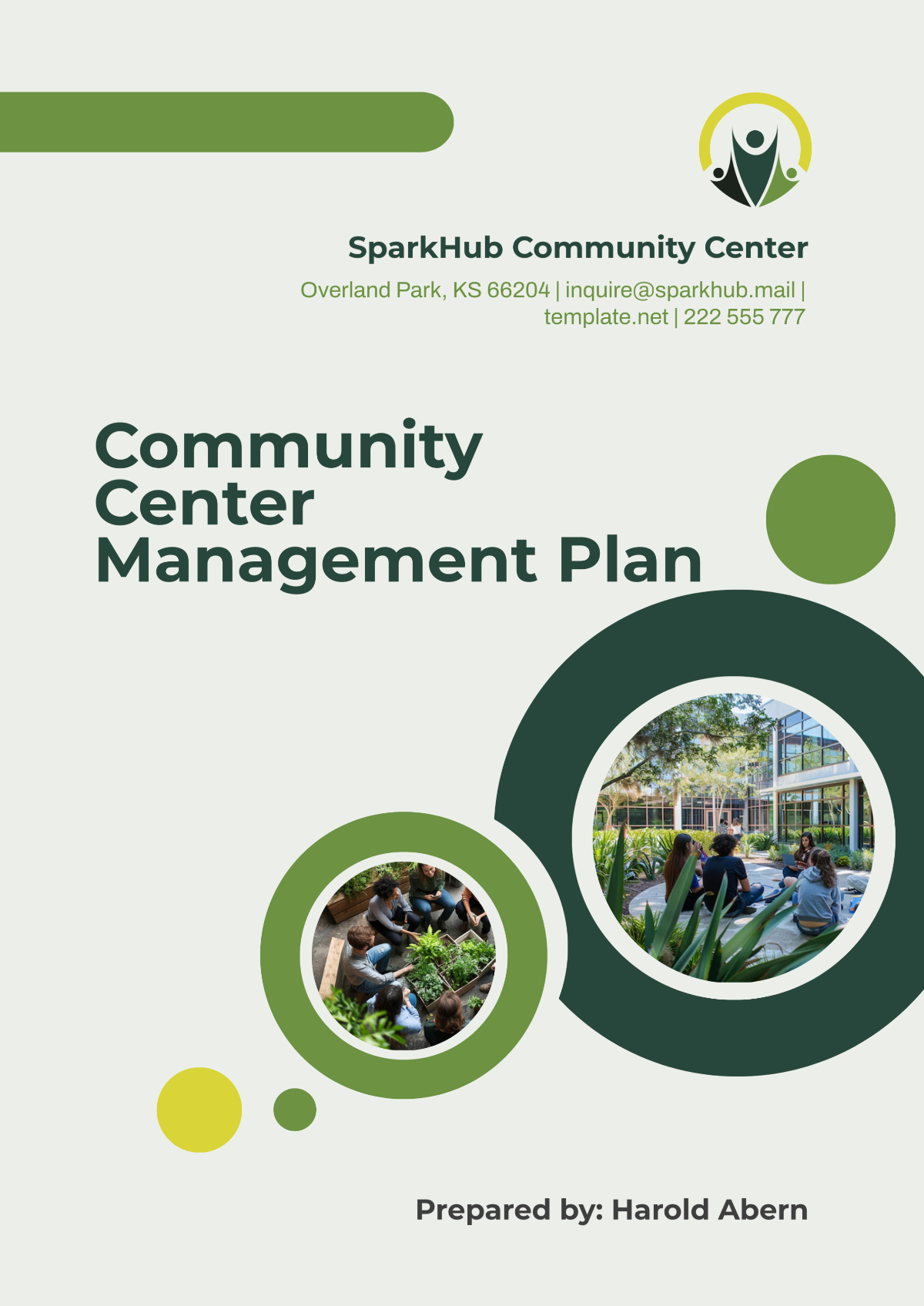Layout Operations Product Quality Improvement Plan
Prepared By: | [Your Name] |
Company: | [Your Company Name] |
Date: | [Date] |
1. Introduction
This Layout Operations Product Quality Improvement Plan aims to optimize production processes, enhance product quality, and increase operational efficiency within the current layout. By identifying key areas for improvement, this plan will focus on reducing defects, enhancing process flow, improving resource utilization, and ensuring safety and compliance standards are met. The overarching goal is to create a sustainable operational environment that delivers high-quality products to customers while improving overall productivity.
2. Objectives
The primary objectives of this improvement plan are to:
Enhance Product Quality: Reduce product defects, improve consistency, and meet or exceed customer quality standards.
Increase Operational Efficiency: Streamline production processes, reduce waste, and minimize bottlenecks.
Optimize Layout: Ensure that resources, equipment, and materials are arranged in the most efficient configuration.
Improve Worker Safety: Create a safer work environment through better layout design and process adjustments.
Achieve Cost Reductions: Lower operational costs by improving resource utilization, minimizing downtime, and reducing waste.
3. Key Areas for Improvement
3.1. Production Defects and Quality Control
Current Situation: High defect rates in finished products due to inconsistencies in the production process.
Improvement Actions:
Implement more stringent quality checks at each production stage.
Introduce automated defect detection systems.
Provide additional training for operators on quality standards.
Analyze root causes of defects using tools like Pareto Analysis and Fishbone Diagrams.
3.2. Operational Layout and Process Flow
Current Situation: The current layout causes unnecessary movement of materials, leading to delays and inefficiencies.
Improvement Actions:
Redesign the layout to reduce the distance traveled by materials and workers.
Introduce lean manufacturing techniques such as 5S (Sort, Set in Order, Shine, Standardize, Sustain) to organize workspaces.
Utilize process mapping tools to identify and eliminate process bottlenecks.
Optimize machine placement to minimize downtime and facilitate smoother material handling.
3.3. Equipment Utilization and Maintenance
Current Situation: Inconsistent equipment maintenance, leading to unexpected downtime and inefficient production.
Improvement Actions:
Implement a predictive maintenance program using sensors and data analytics.
Standardize equipment maintenance schedules to ensure optimal performance.
Train operators to recognize signs of equipment wear and ensure timely reporting.
3.4. Worker Safety
Current Situation: Some areas of the production floor have poor visibility, leading to safety hazards.
Improvement Actions:
Redesign workstations for improved visibility and ergonomics.
Install safety barriers or warning systems where necessary.
Regularly review and update safety protocols, conducting safety drills to ensure preparedness.
Improve lighting and signage to prevent accidents.
3.5. Waste Reduction and Sustainability
Current Situation: Excessive waste in both materials and time due to inefficient resource use.
Improvement Actions:
Introduce better inventory management practices to reduce material waste.
Implement energy-efficient technologies to reduce utility costs.
Monitor scrap rates and adjust processes to minimize production waste.
4. Implementation Timeline
Phase | Action Item | Responsible Party | Completion Date |
|---|---|---|---|
Phase 1: Assessment | Conduct a full audit of current operations and layout. | Operations Manager | Month 1 |
Phase 2: Redesign | Redesign layout for optimized flow and efficiency. | Engineering Team | Month 2 |
Phase 3: Quality Improvements | Implement new quality control measures and automation systems. | Quality Assurance Team | Month 3 |
Phase 4: Training | Train workers on new processes and quality standards. | HR & Training Department | Month 3 |
Phase 5: Testing | Run pilot tests for the new layout and process improvements. | Production Team | Month 4 |
Phase 6: Full Implementation | Roll out full implementation across all production lines. | Operations Team | Month 5 |
Phase 7: Continuous Improvement | Monitor, evaluate, and refine processes based on data feedback. | Operations & Quality Teams | Ongoing |
5. Monitoring and Evaluation
To ensure the effectiveness of the Layout Operations Product Quality Improvement Plan, continuous monitoring will be conducted. Key performance indicators (KPIs) to track include:
Defect Rates: Monitor the percentage of defective products per batch.
Cycle Time: Track the time it takes to complete each production cycle.
Waste Reduction: Measure reductions in scrap and waste materials.
Equipment Downtime: Track machine downtime and the effectiveness of the maintenance program.
Safety Incidents: Record any workplace accidents or safety violations.
Employee Feedback: Gather input from workers on the changes to layout and processes.
6. Conclusion
This Layout Operations Product Quality Improvement Plan aims to enhance product quality, optimize production processes, and create a safer, more efficient working environment. By carefully implementing the recommended changes and continually evaluating performance, the organization will be positioned to meet its operational goals, reduce costs, and exceed customer expectations.
